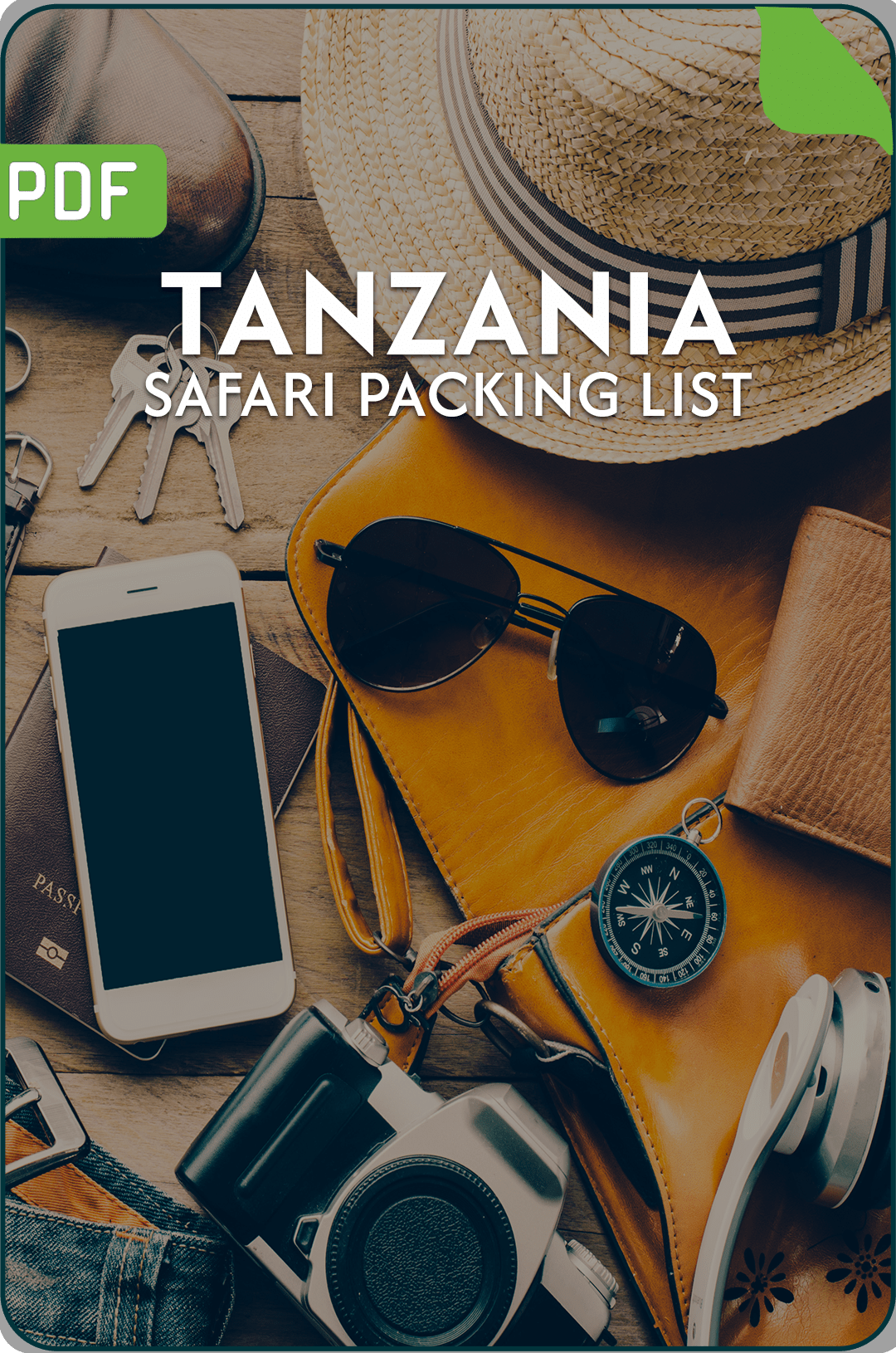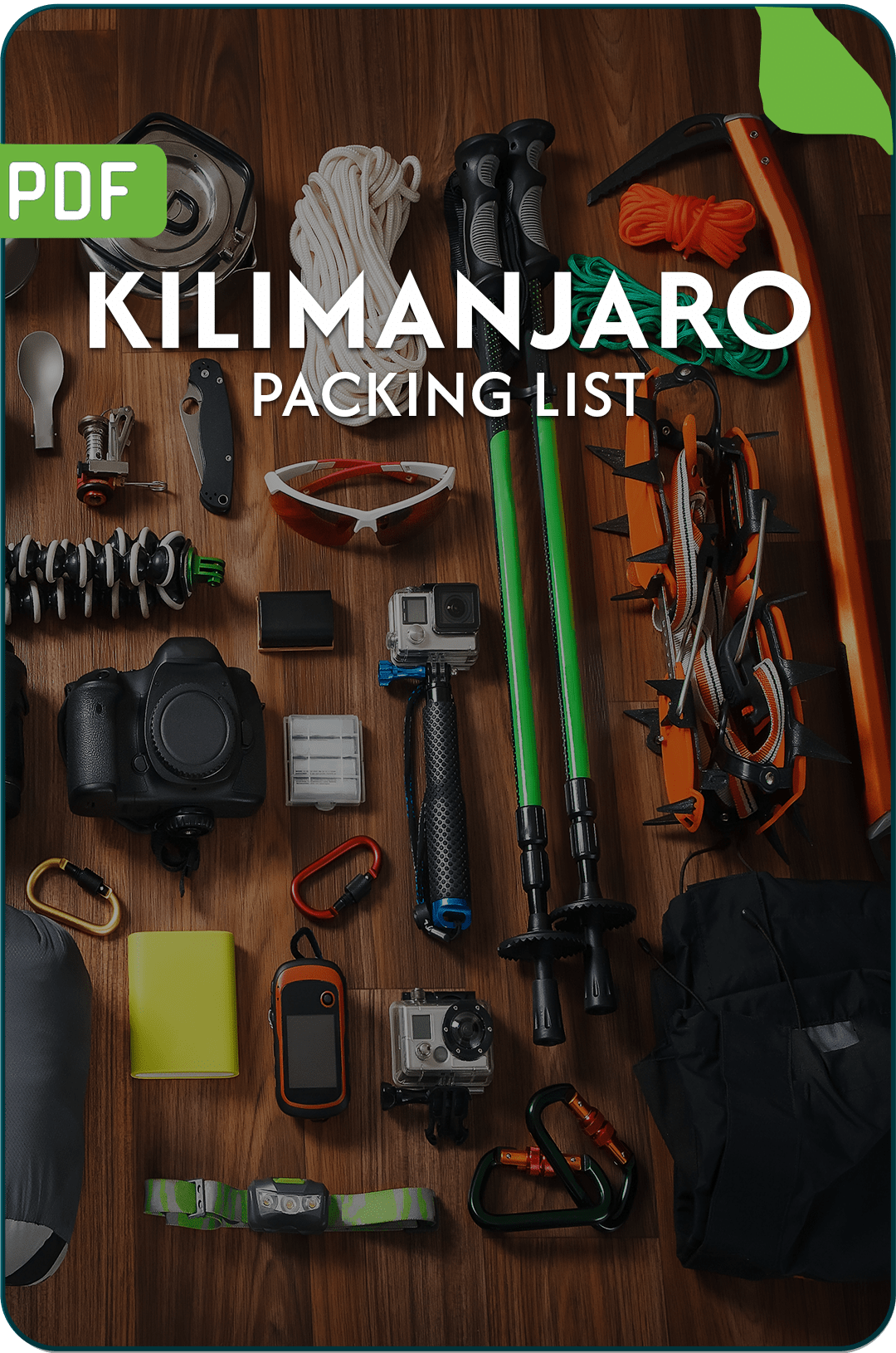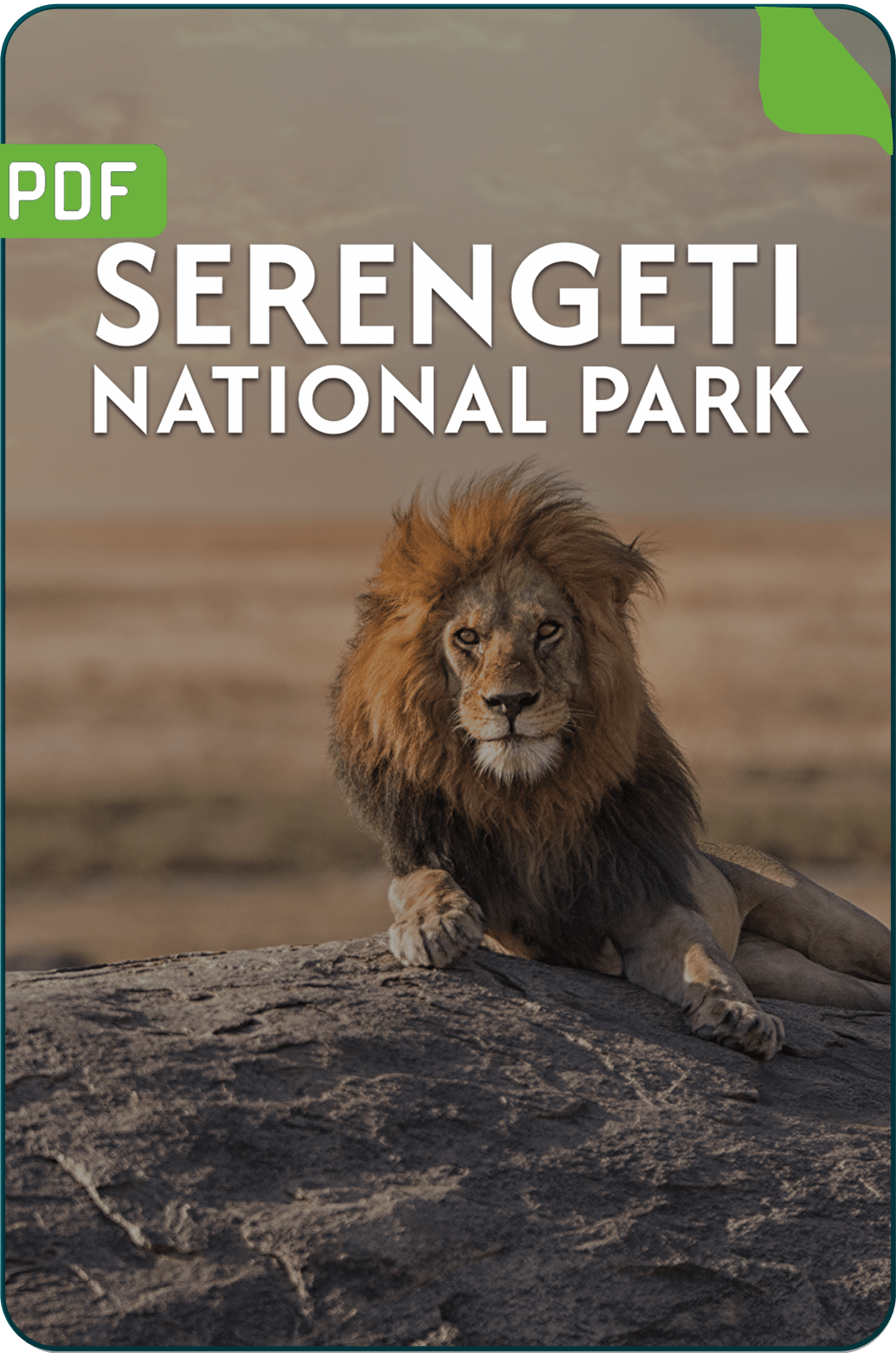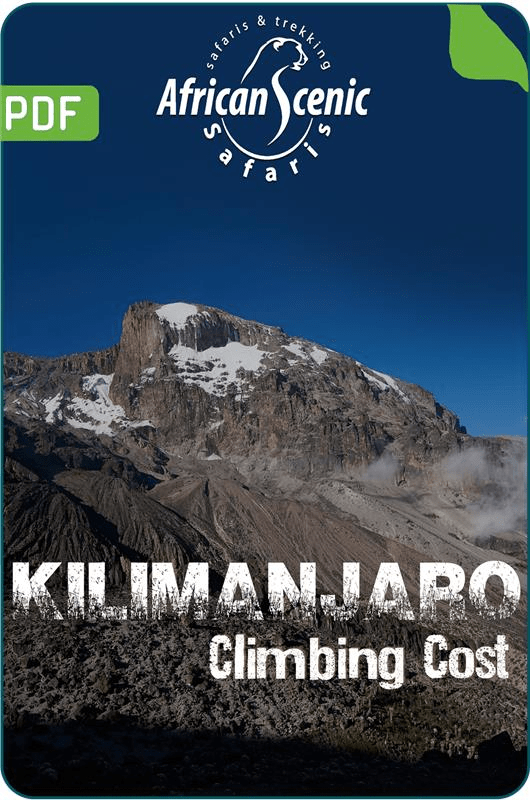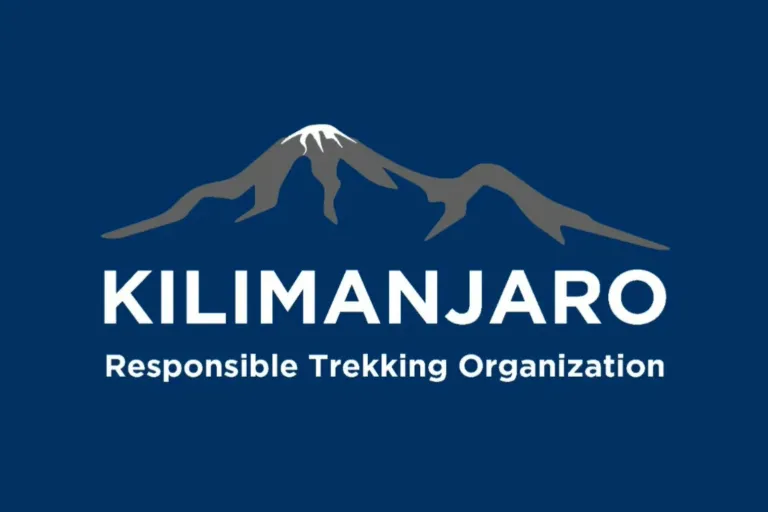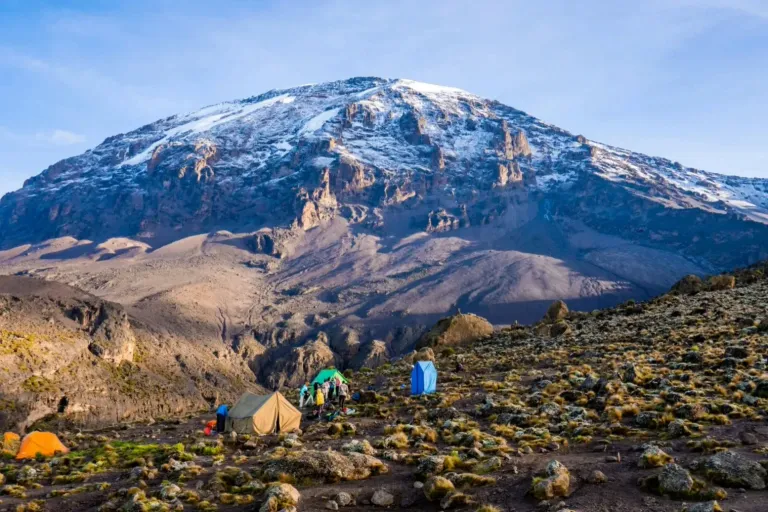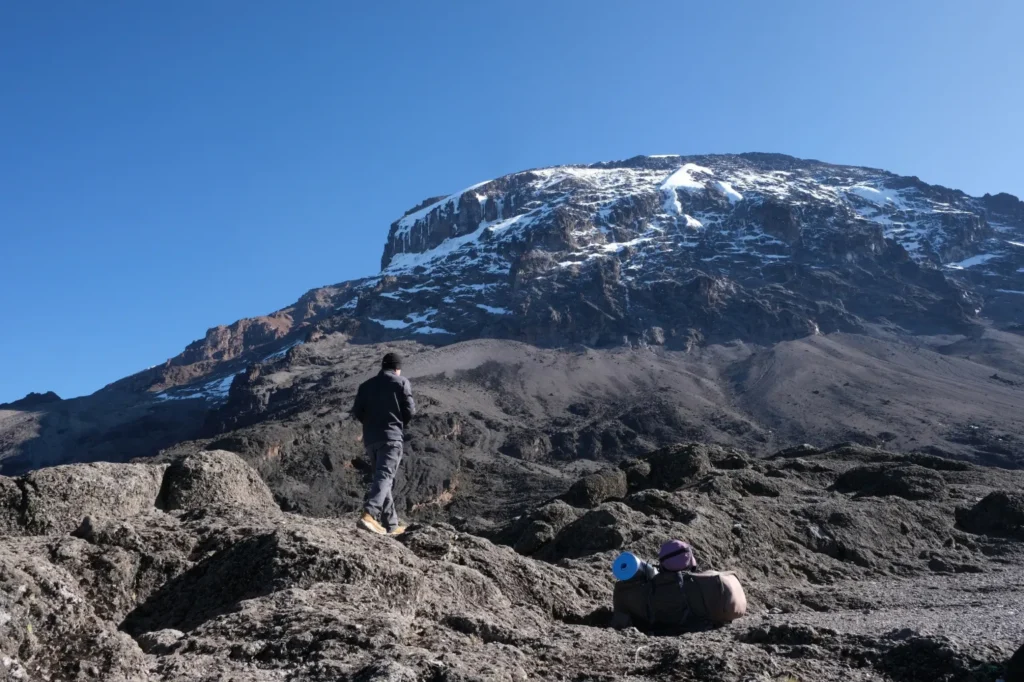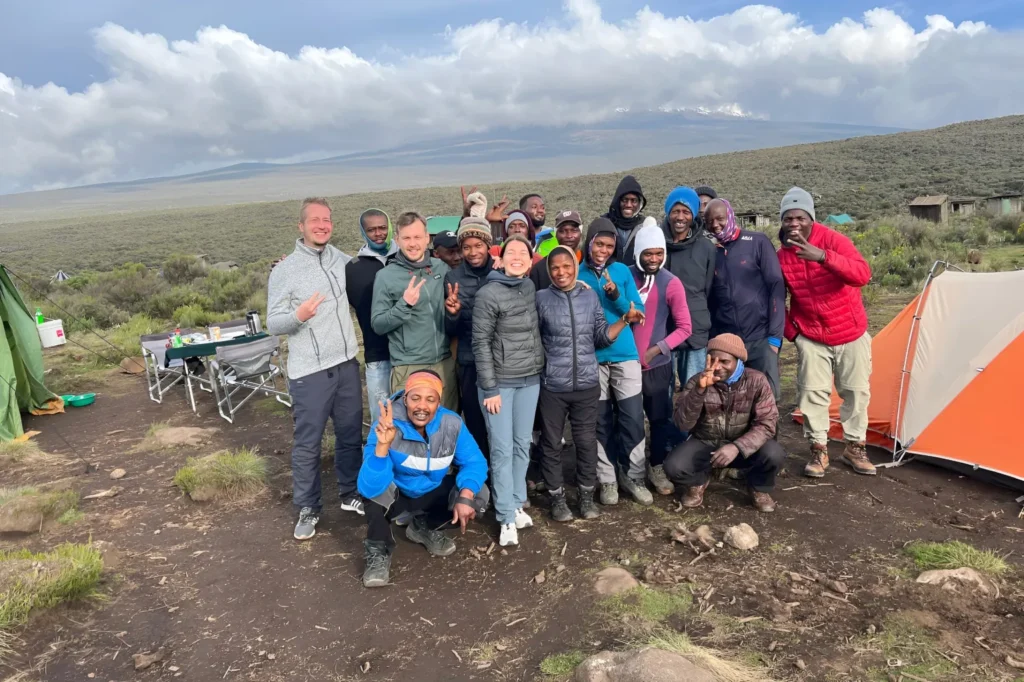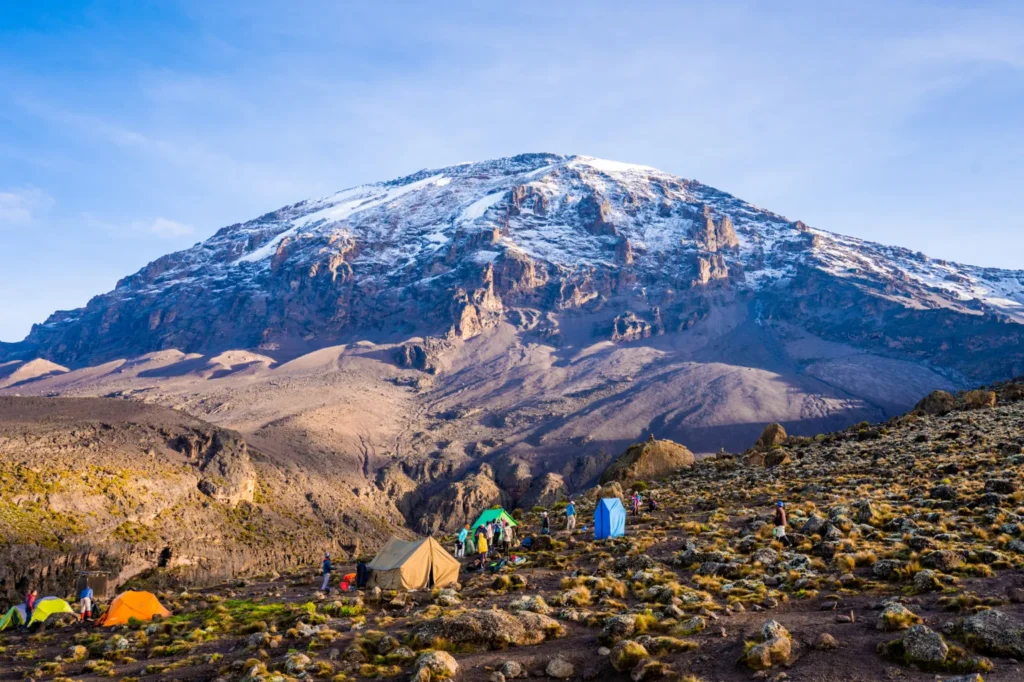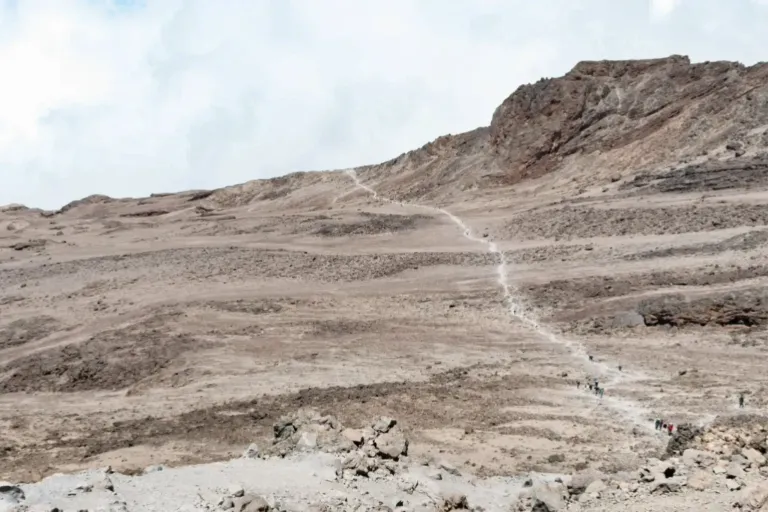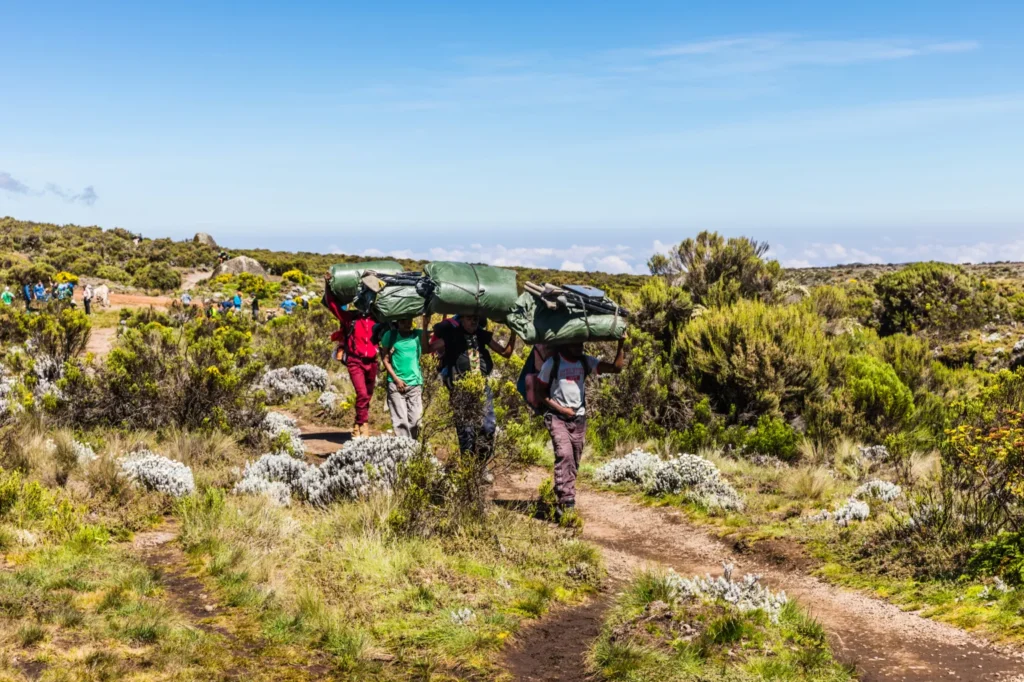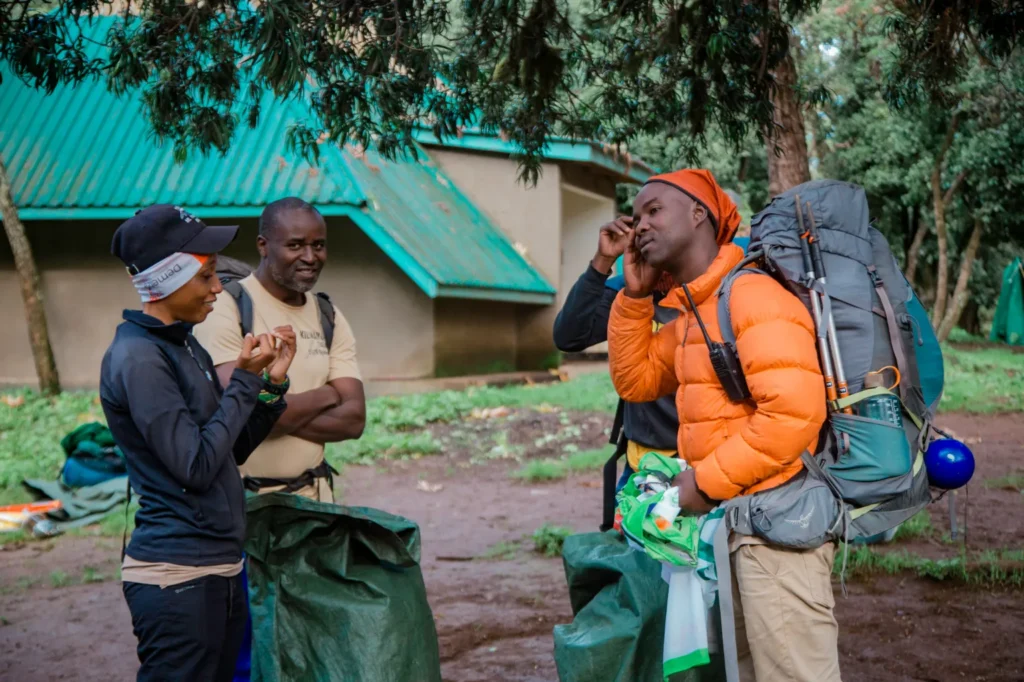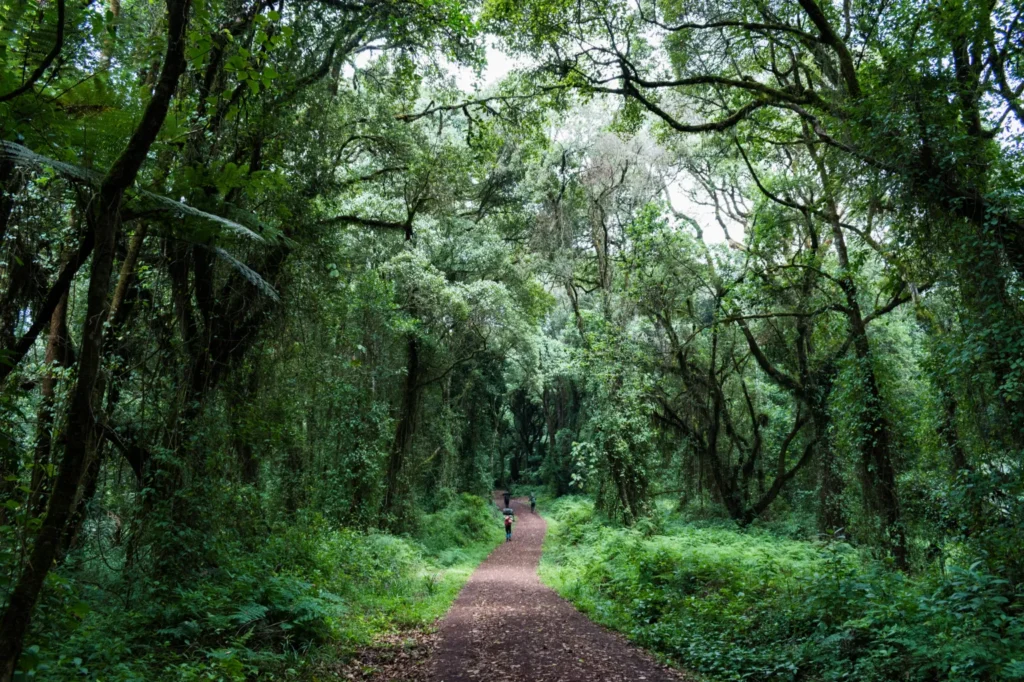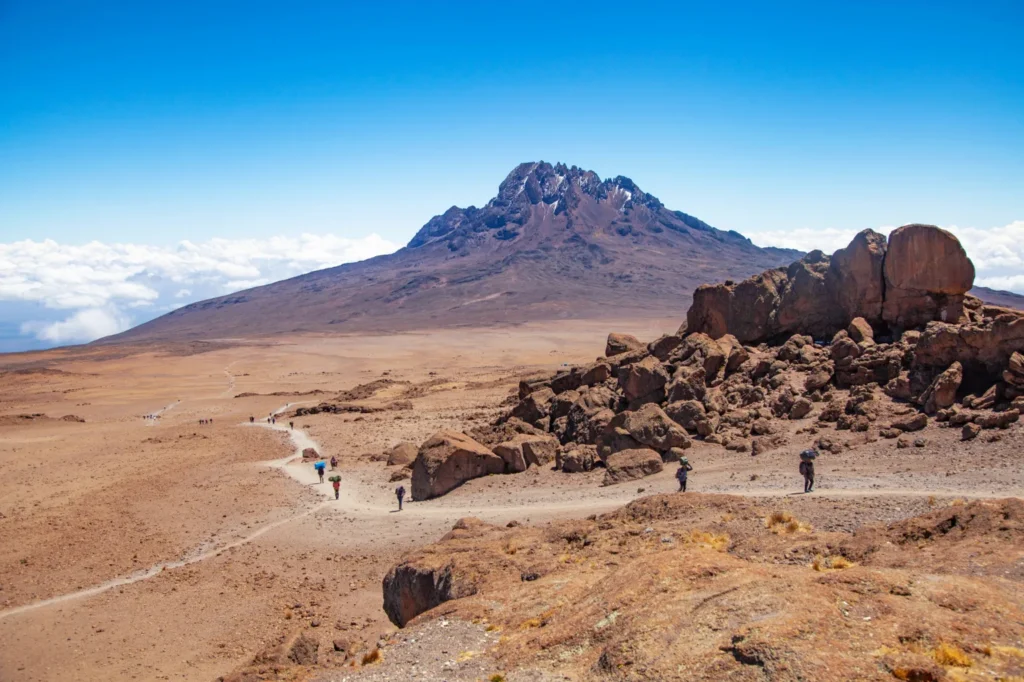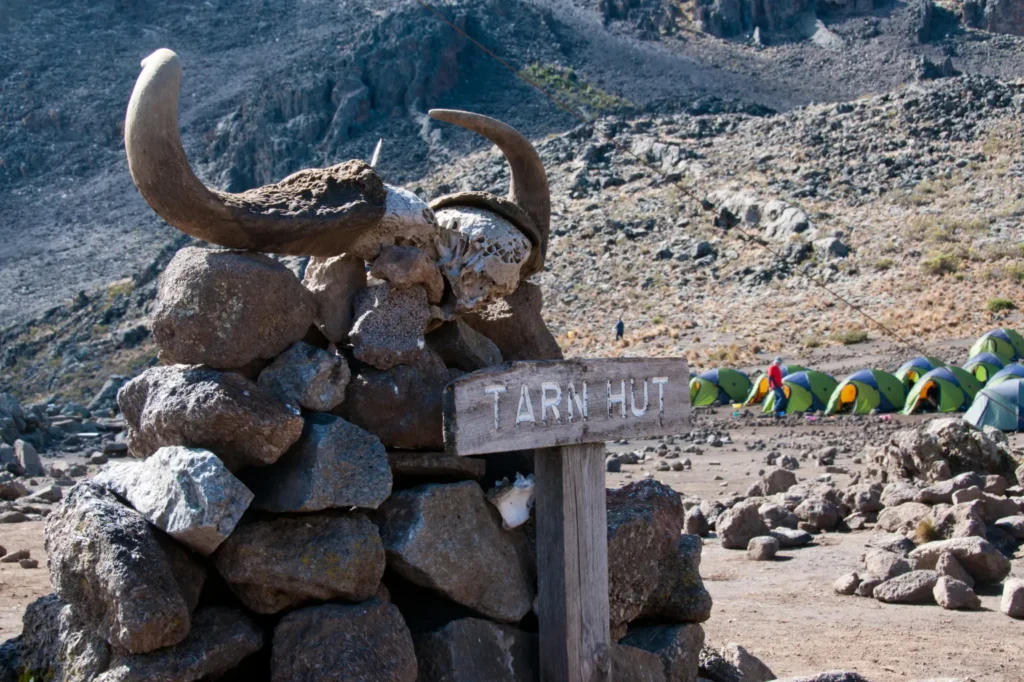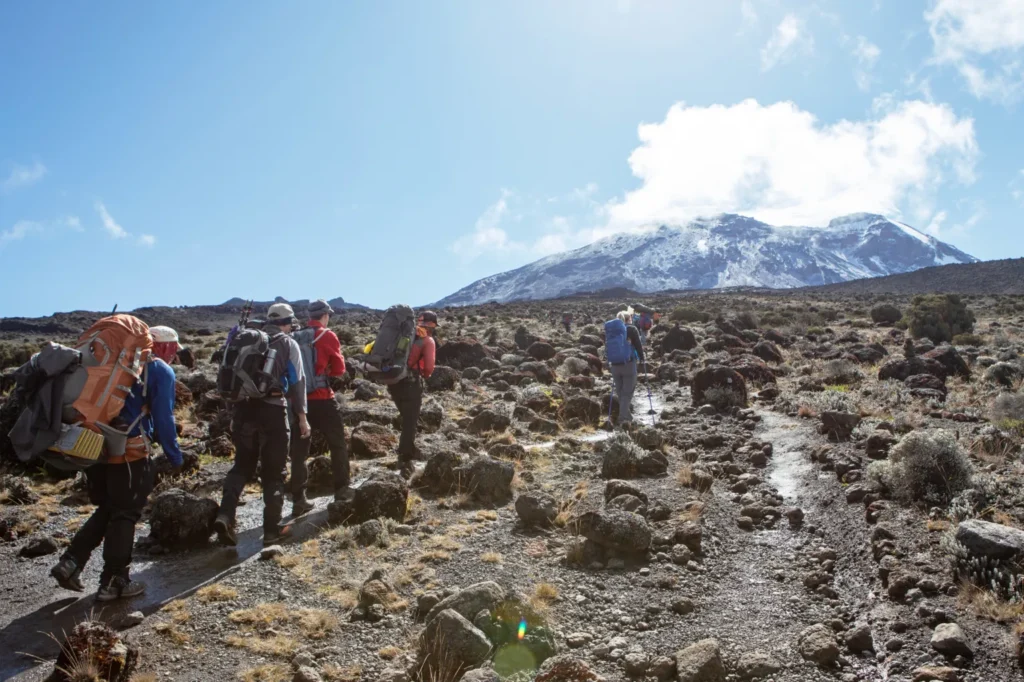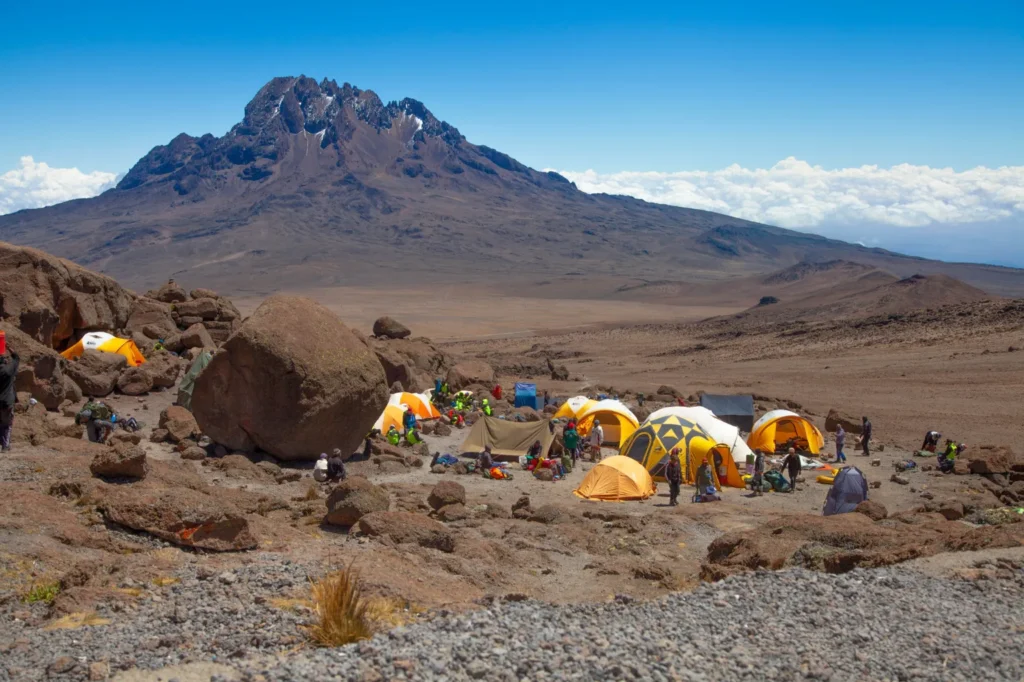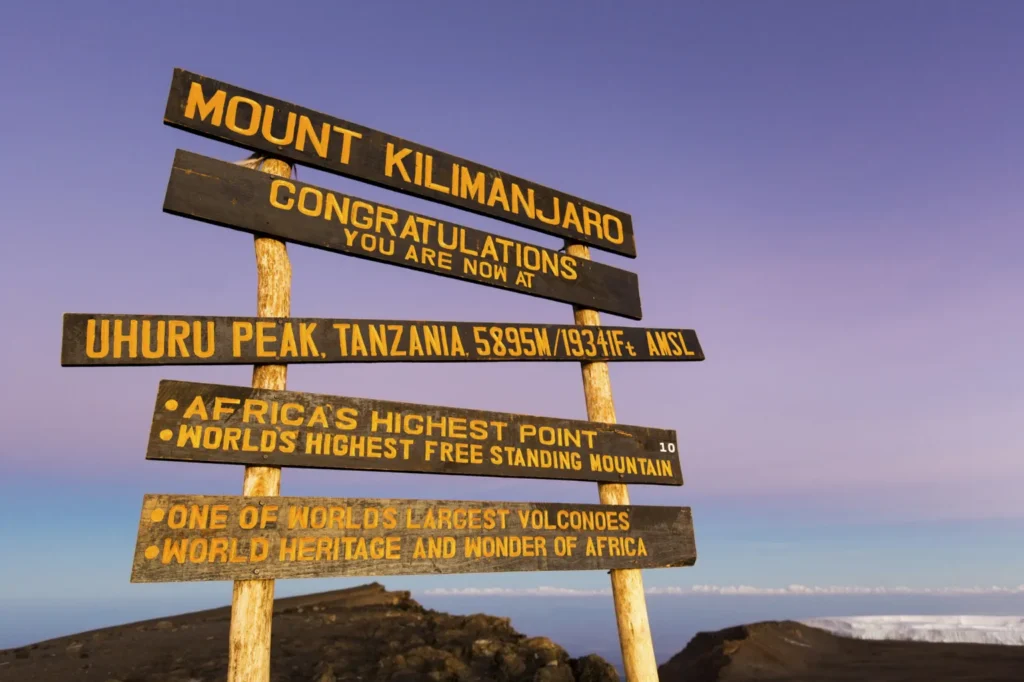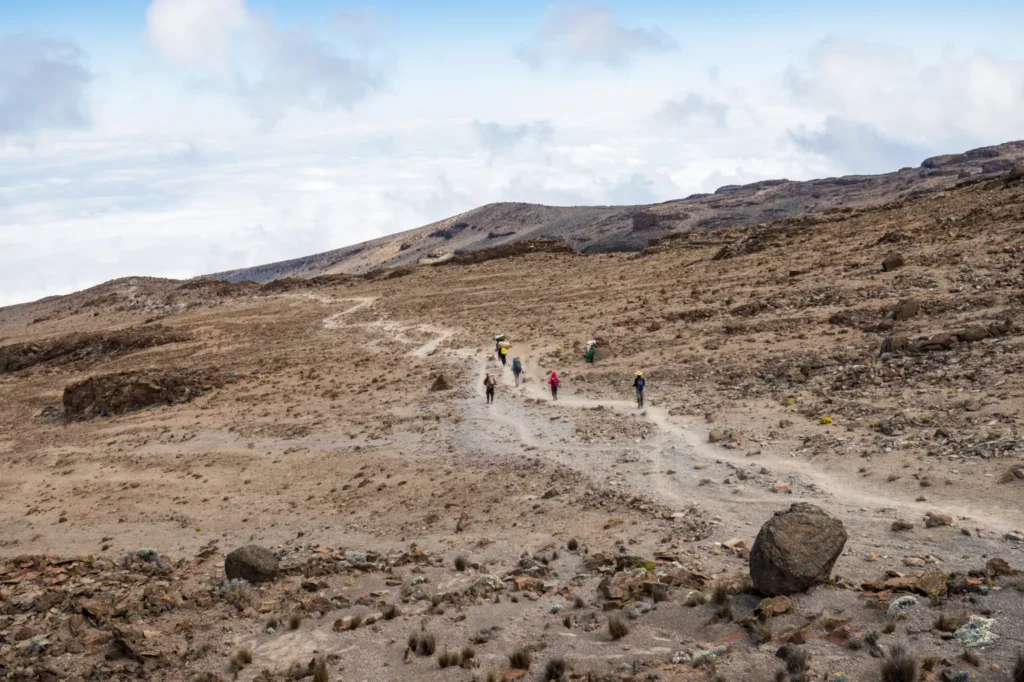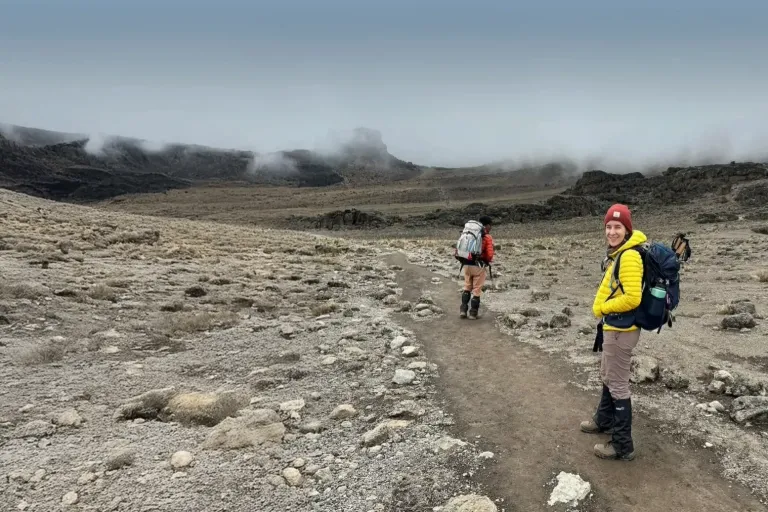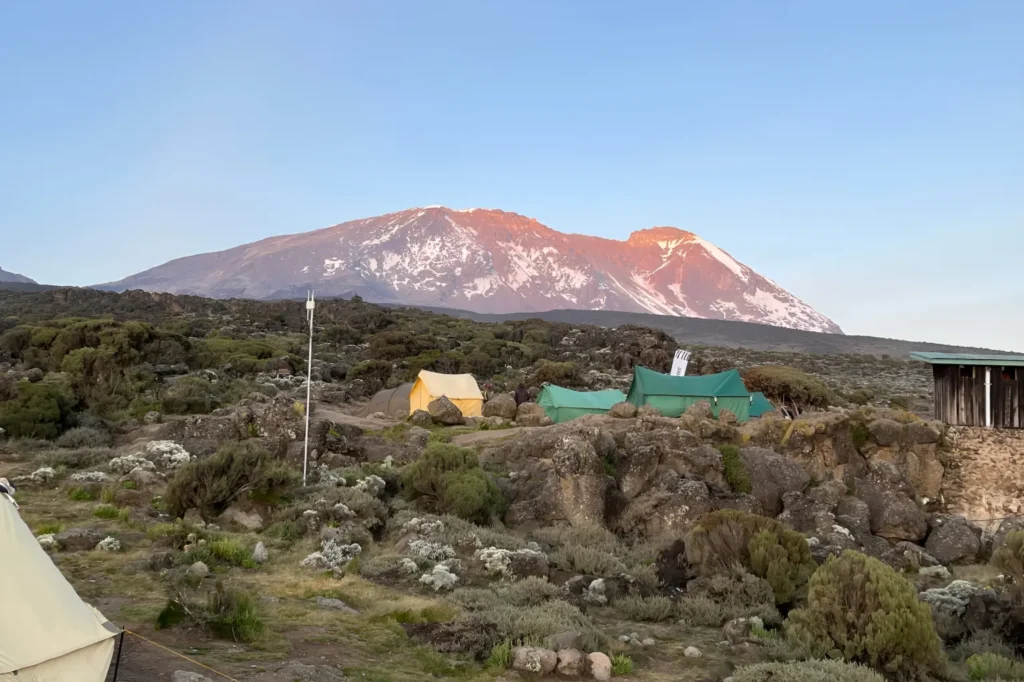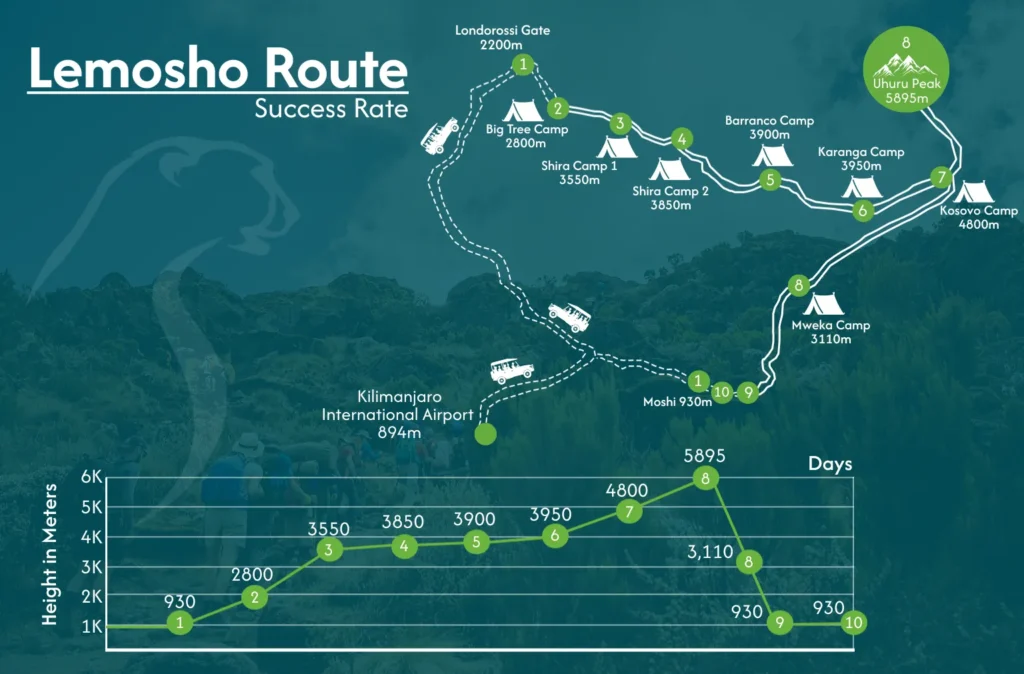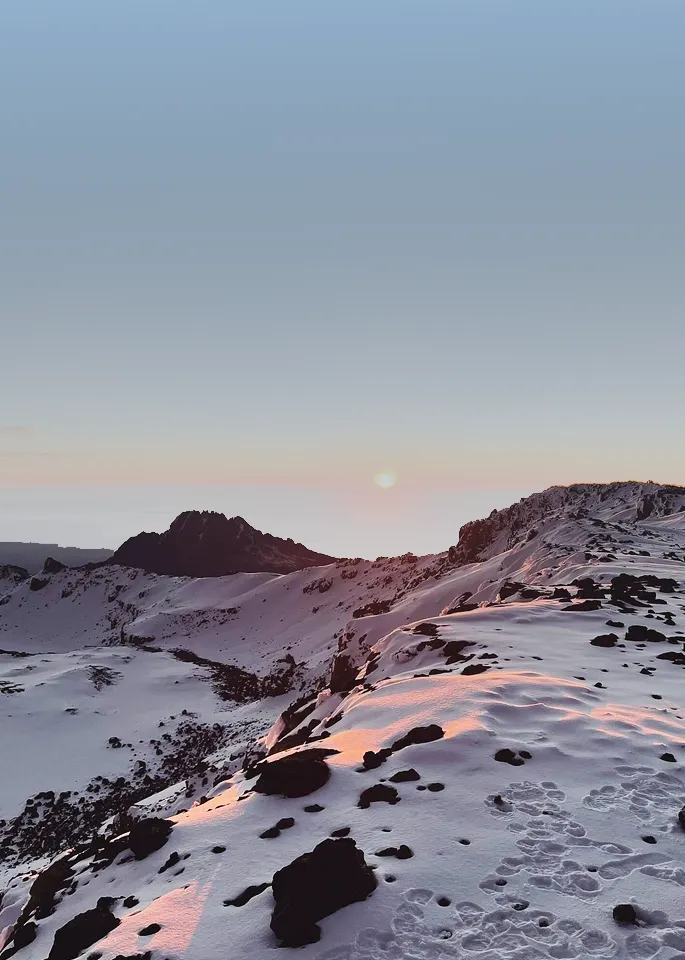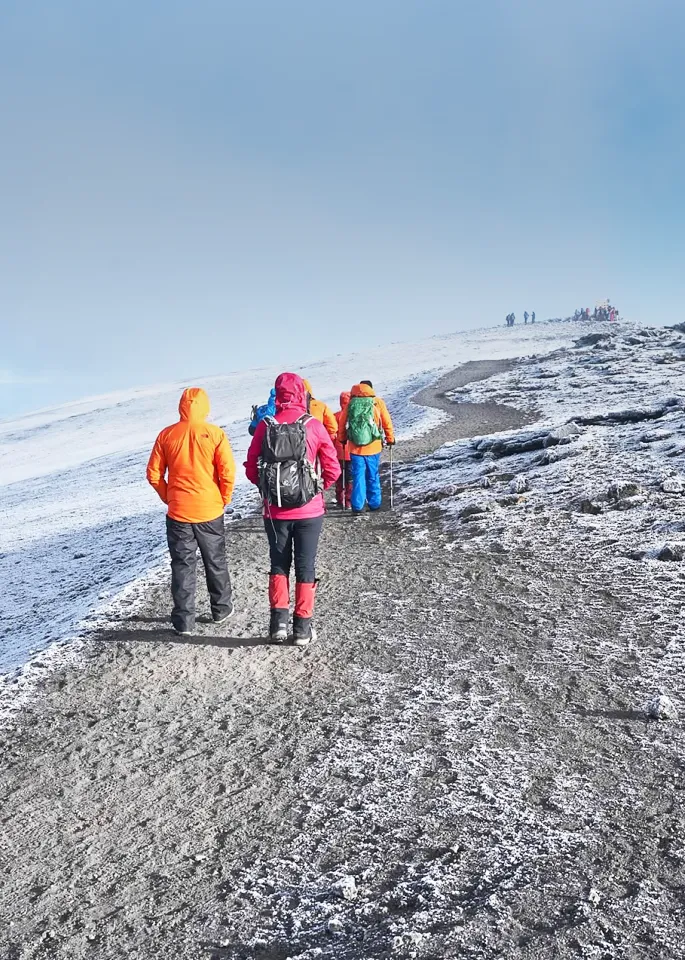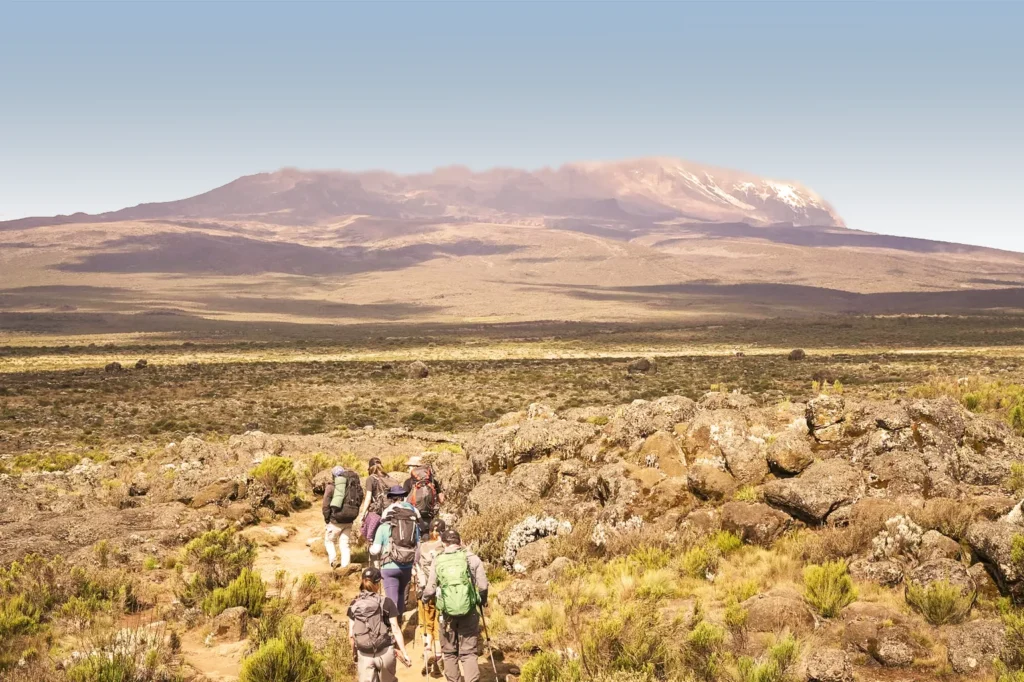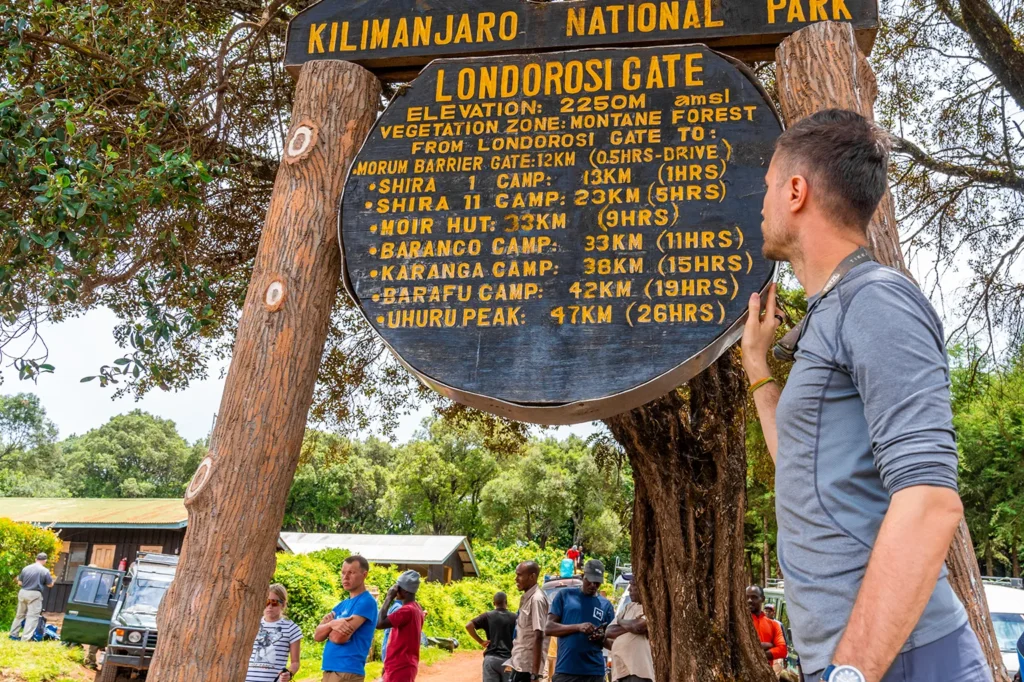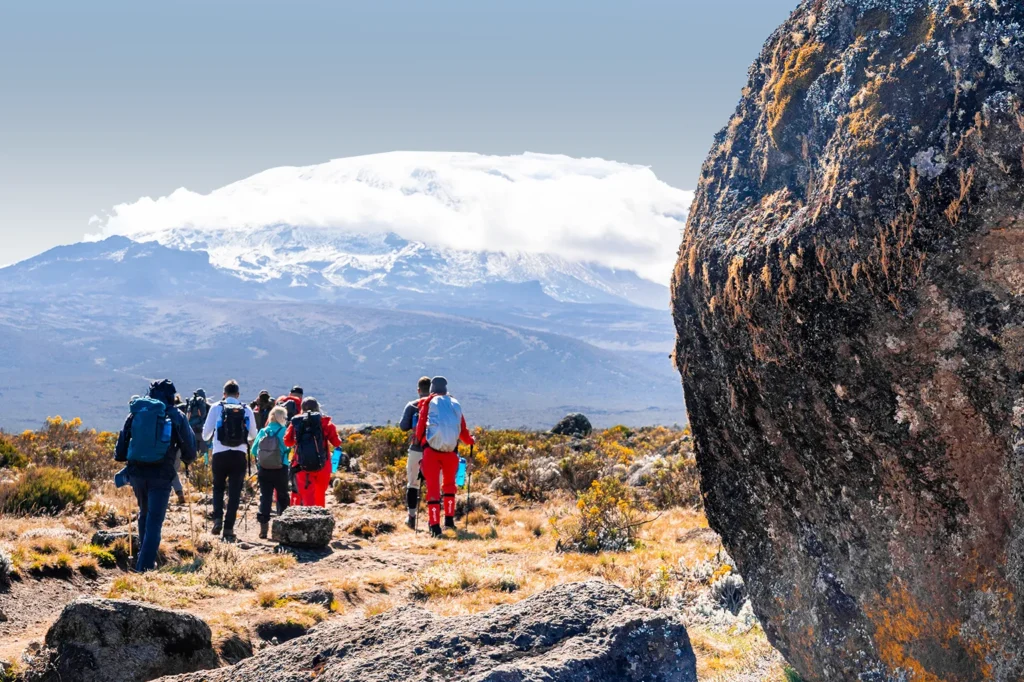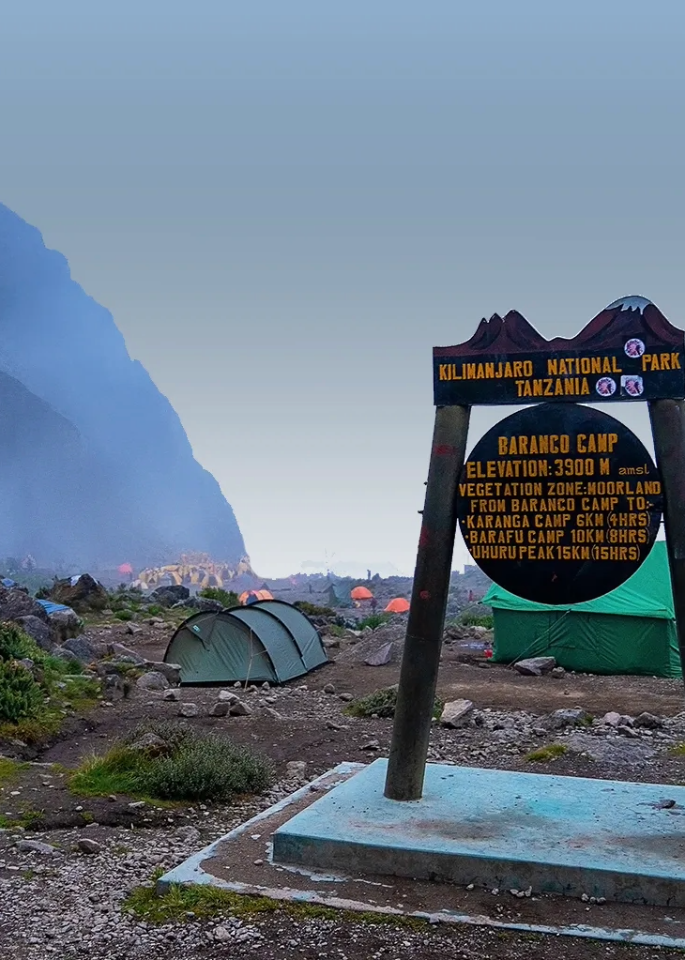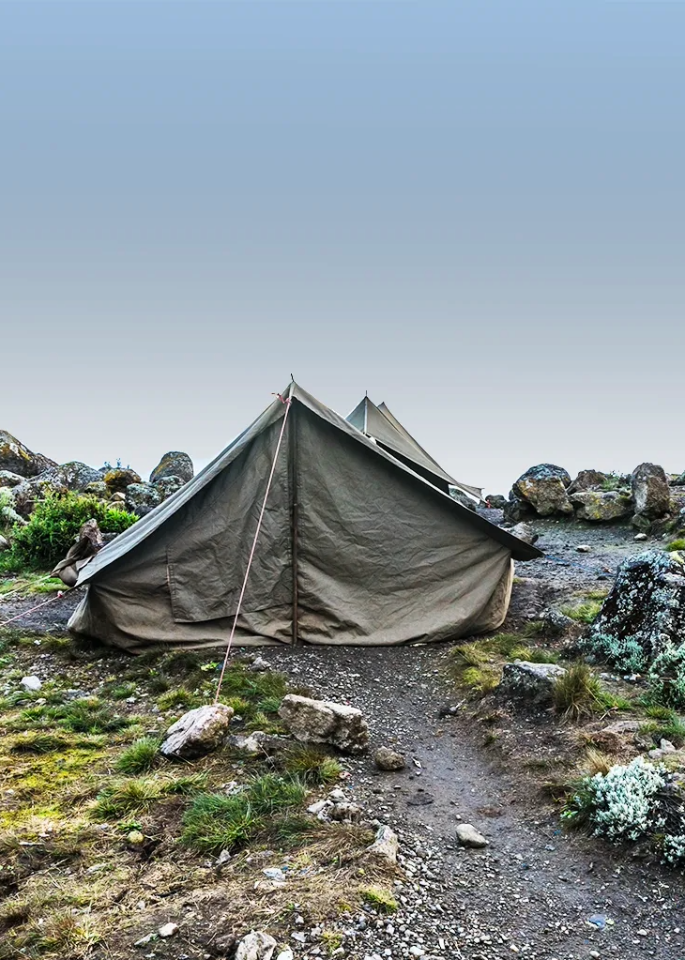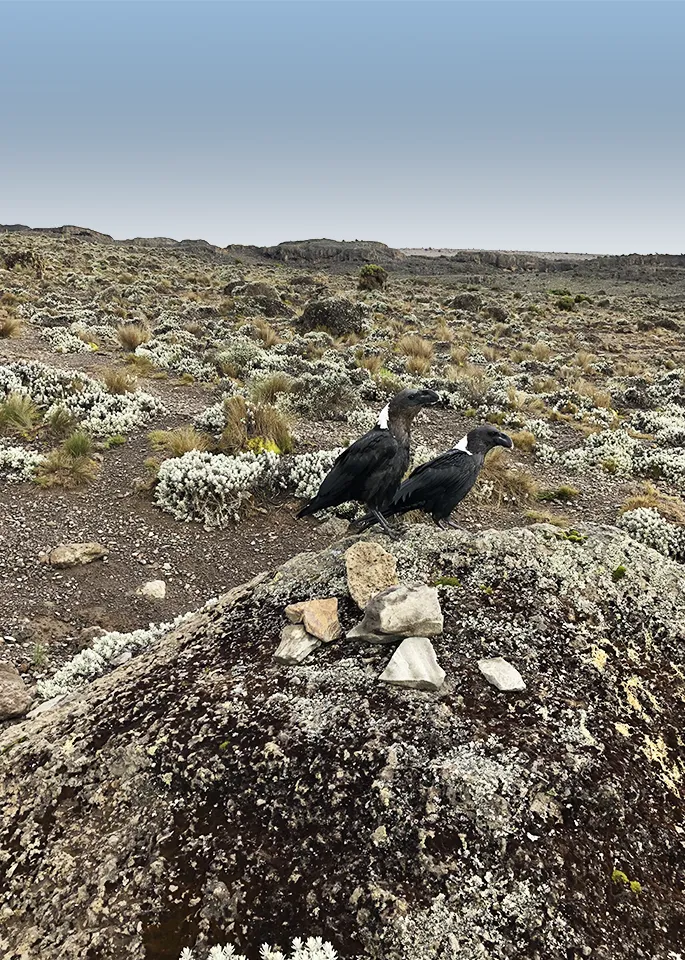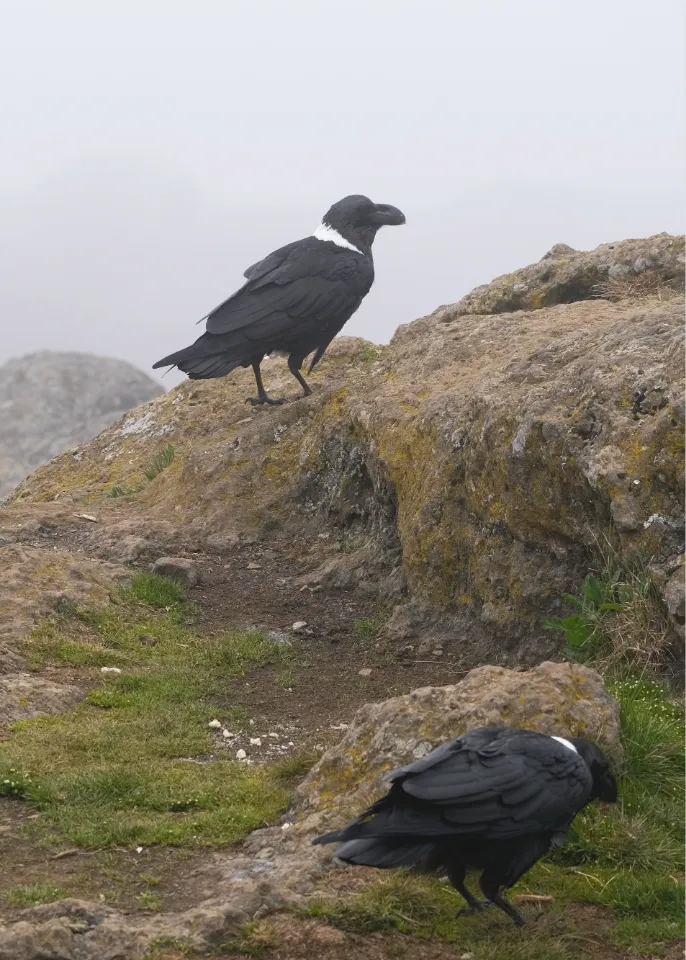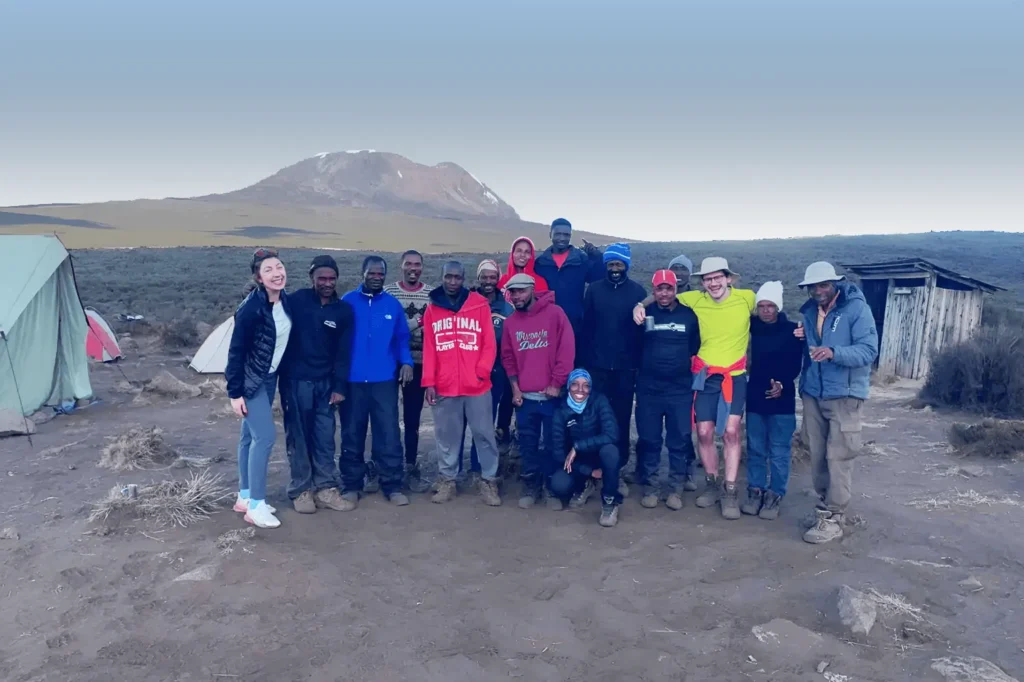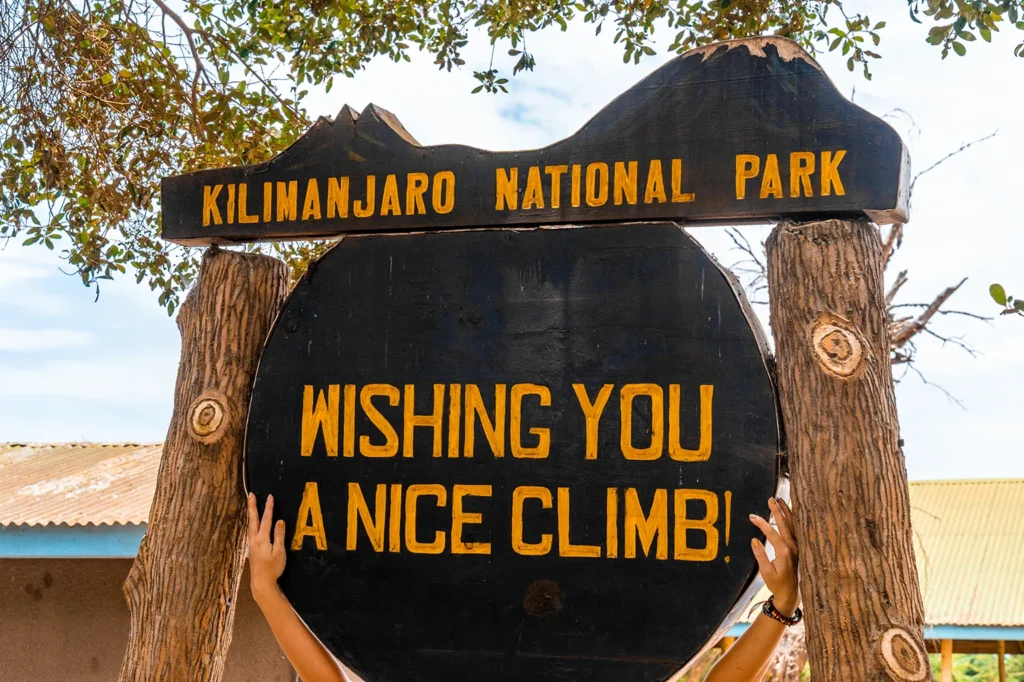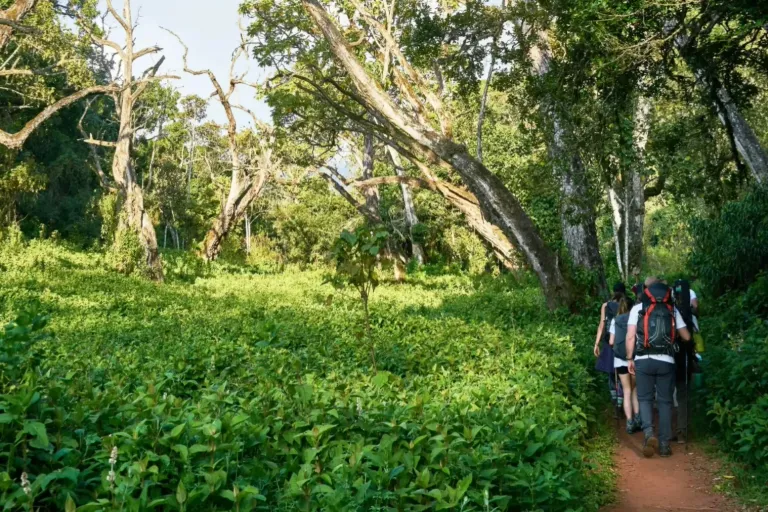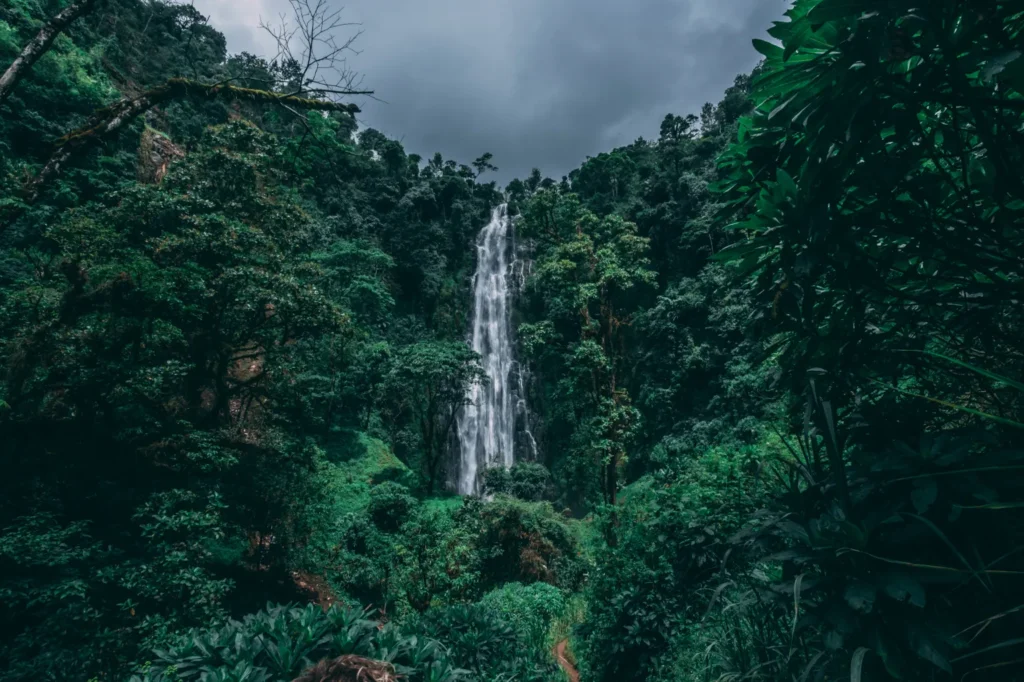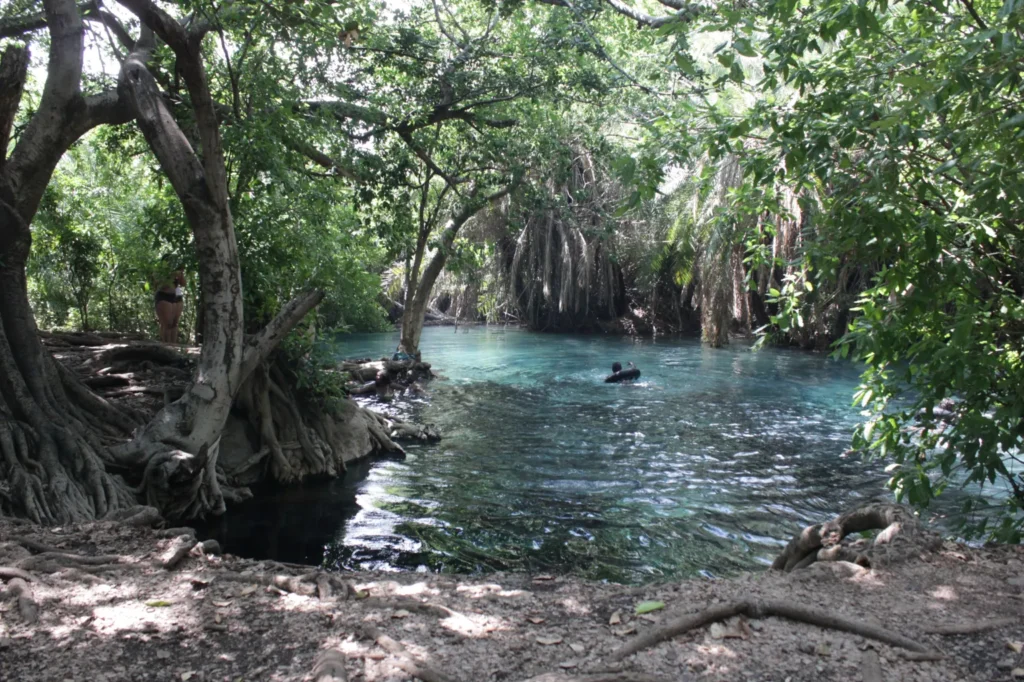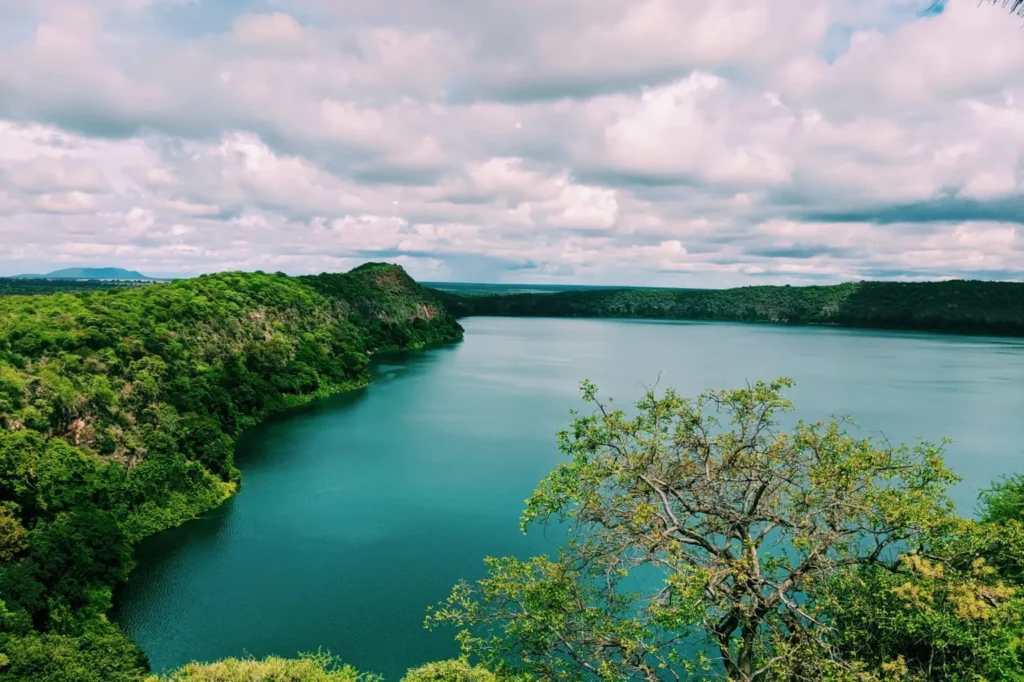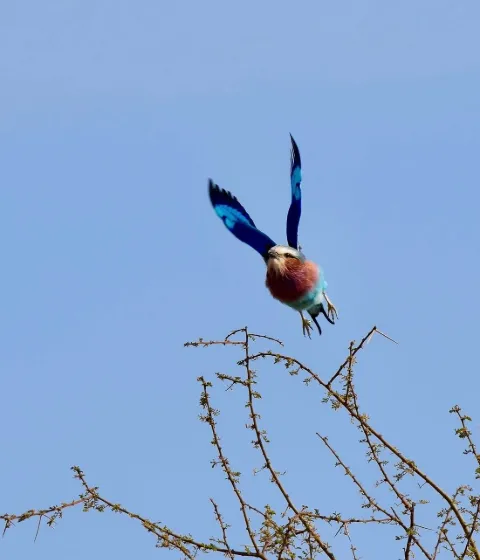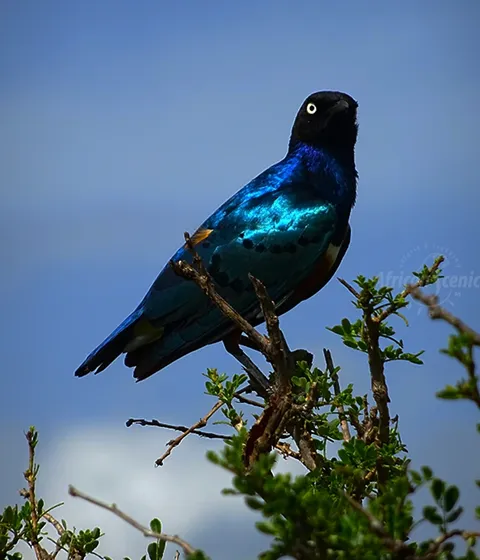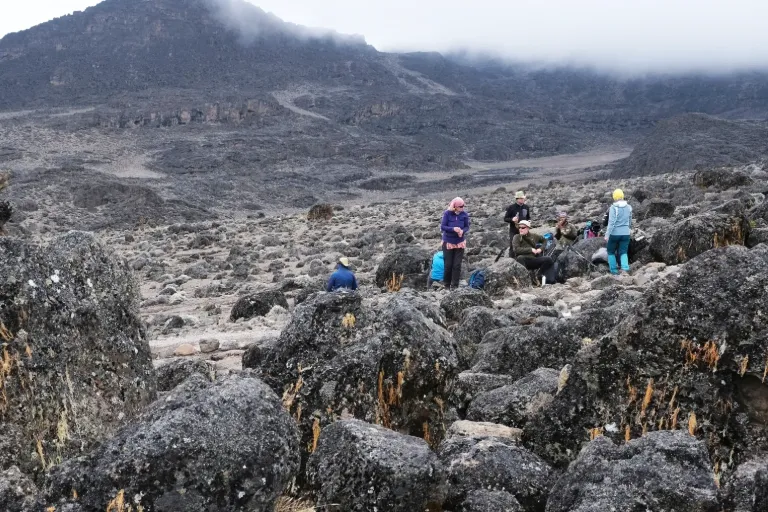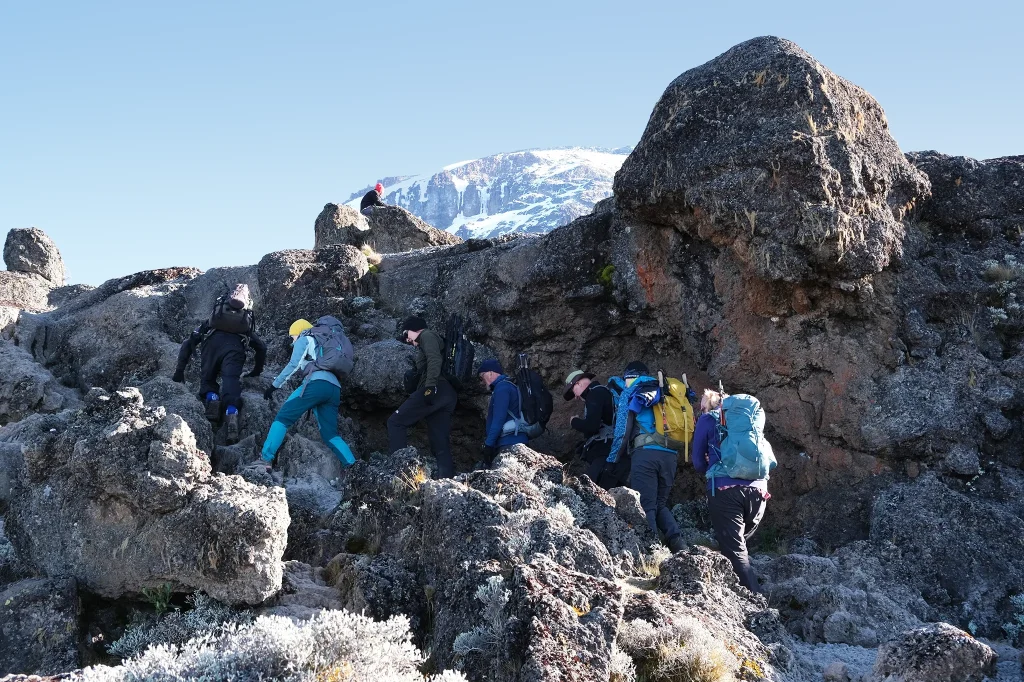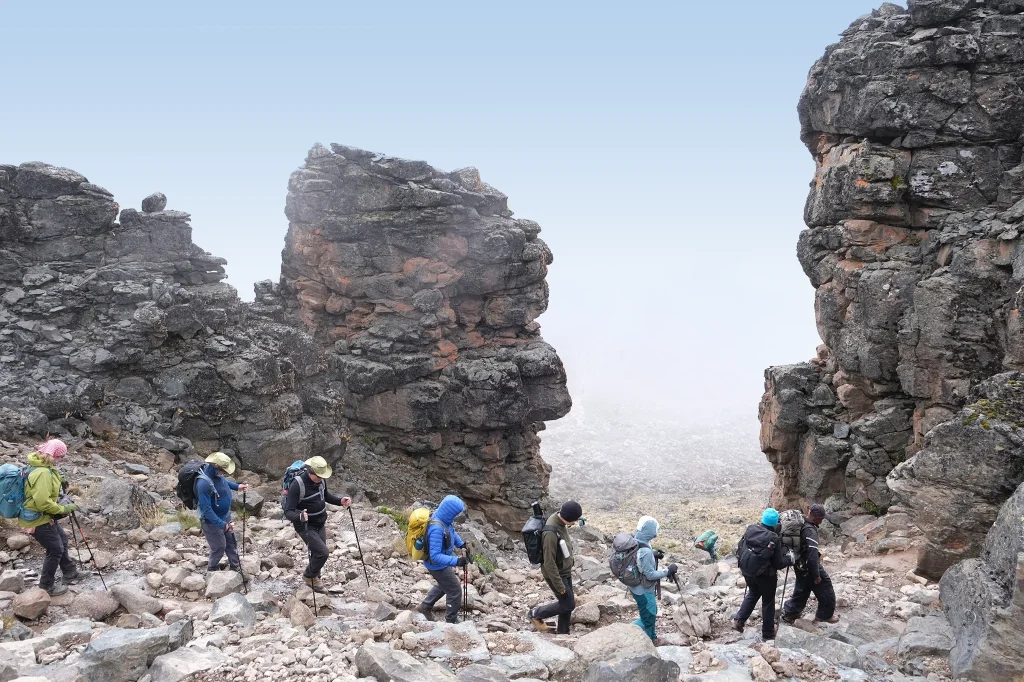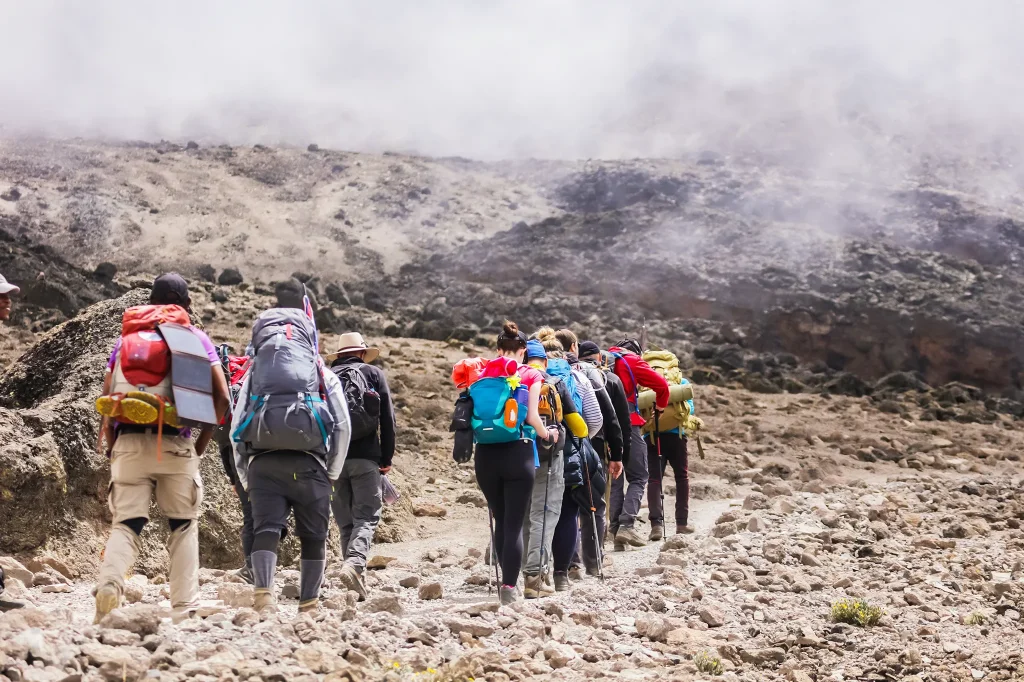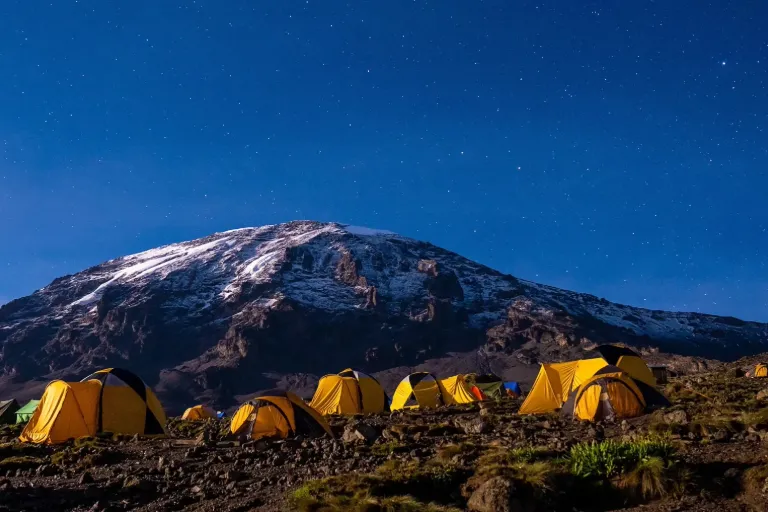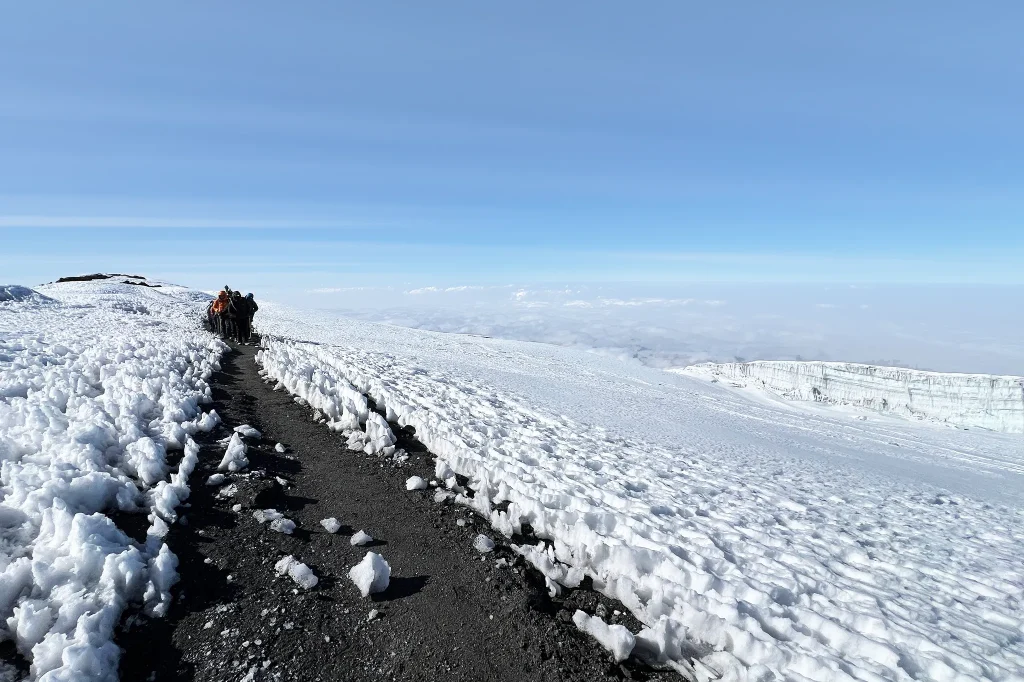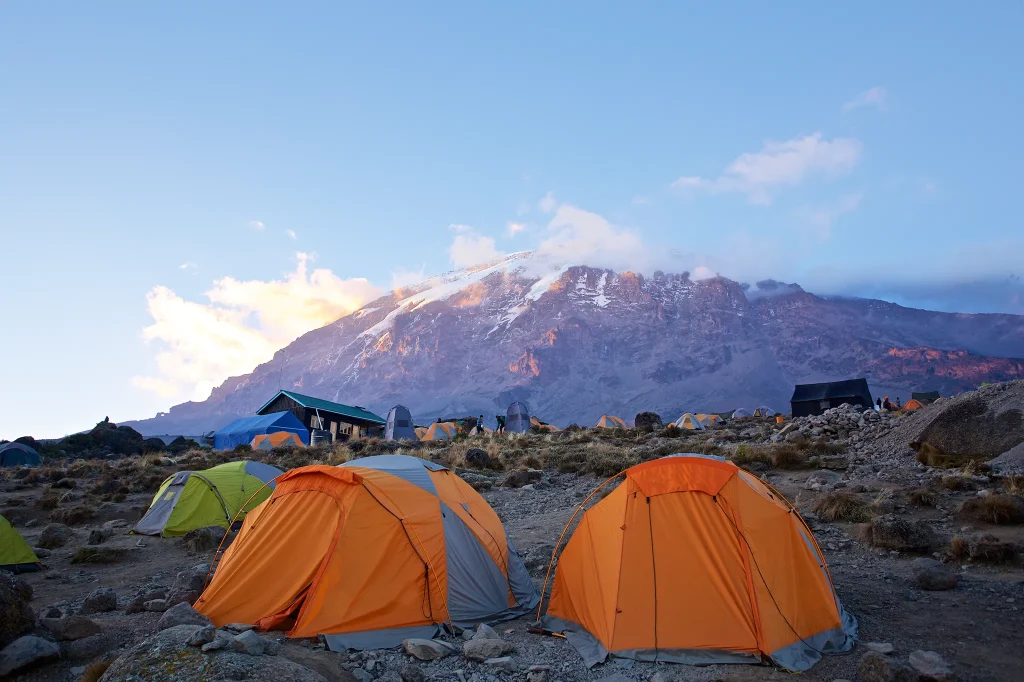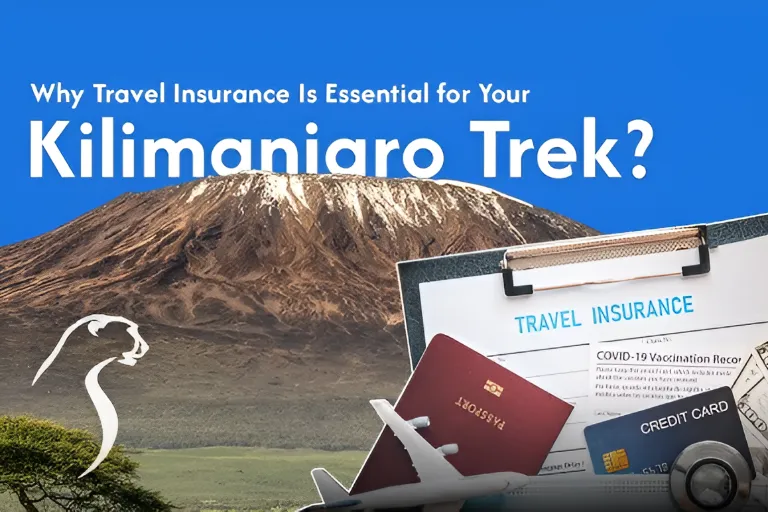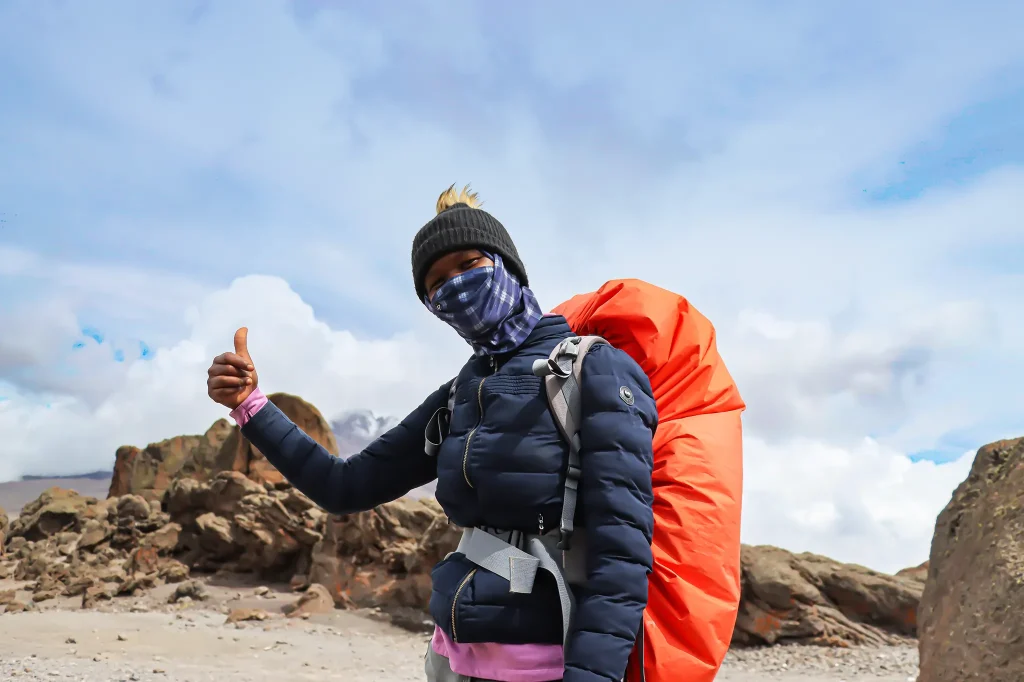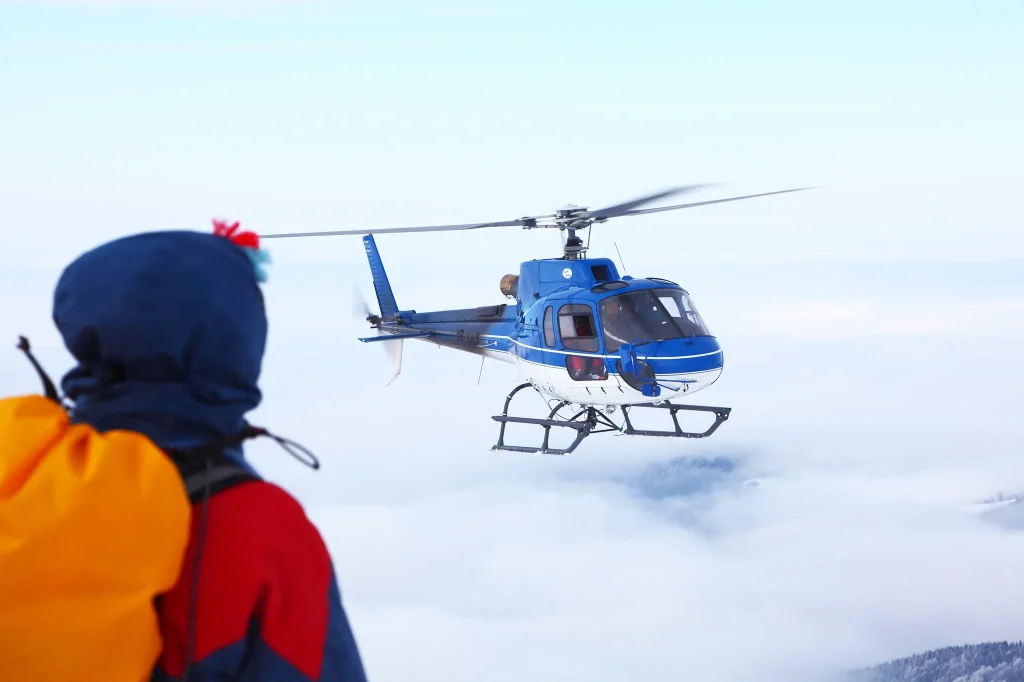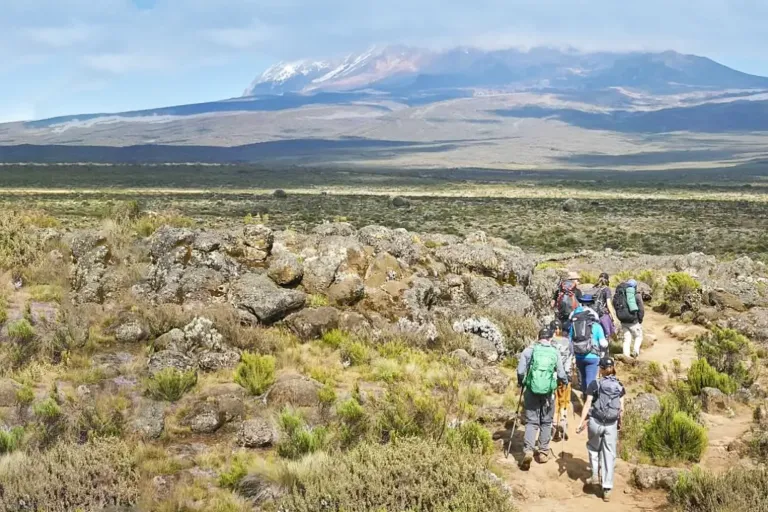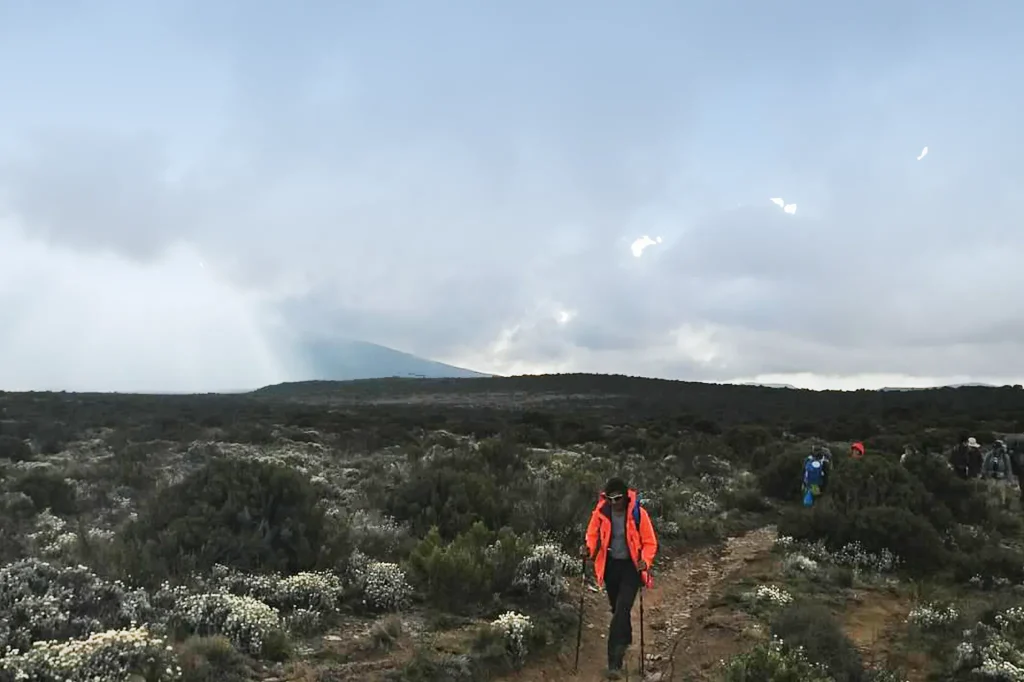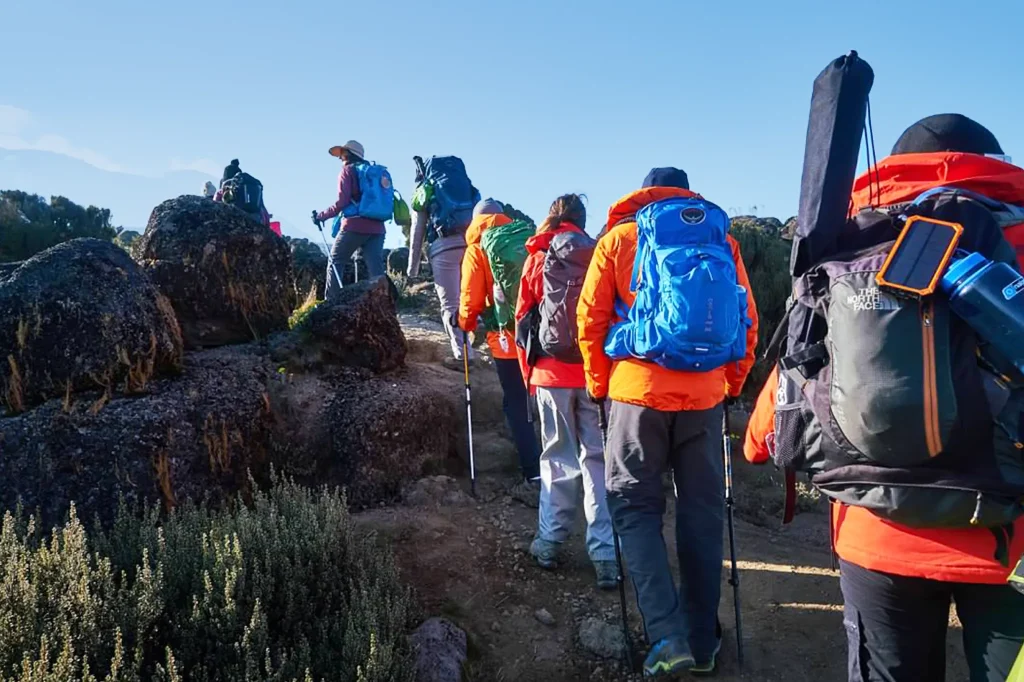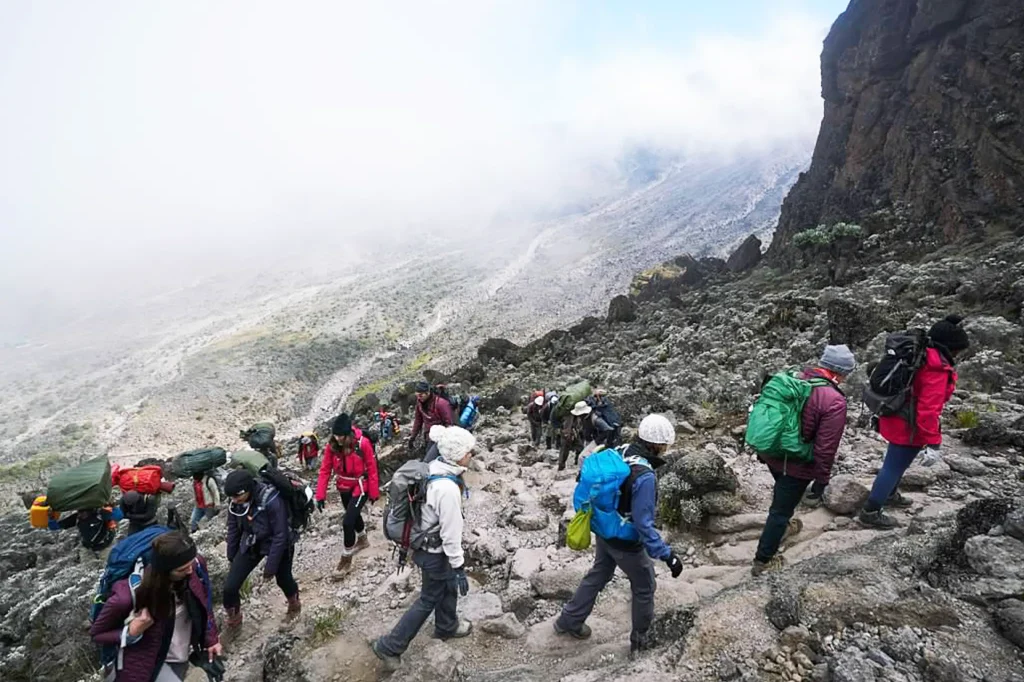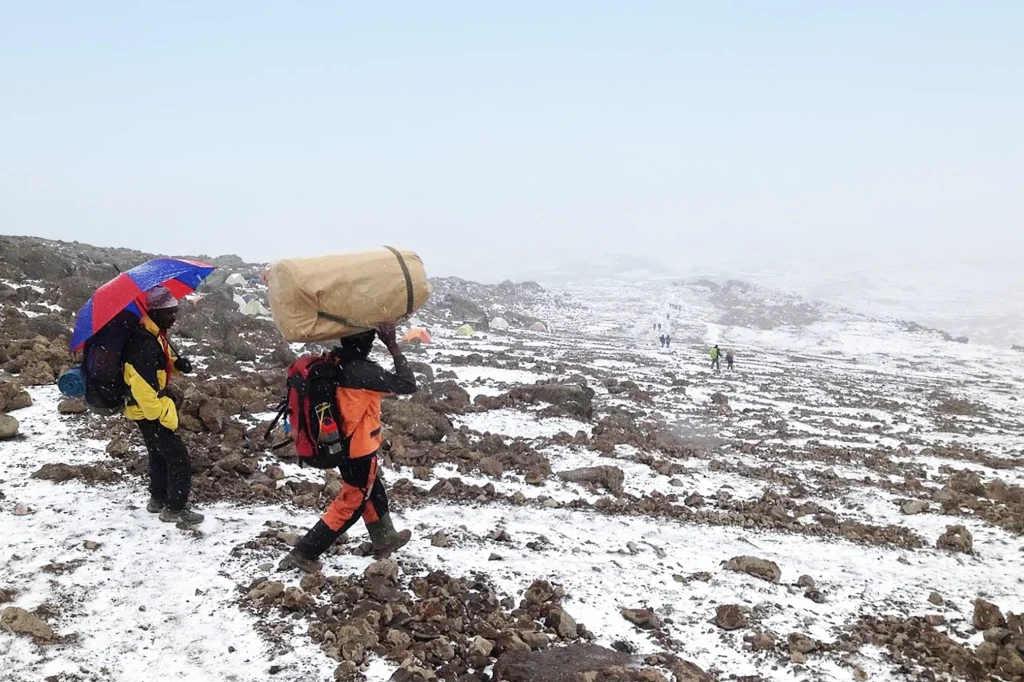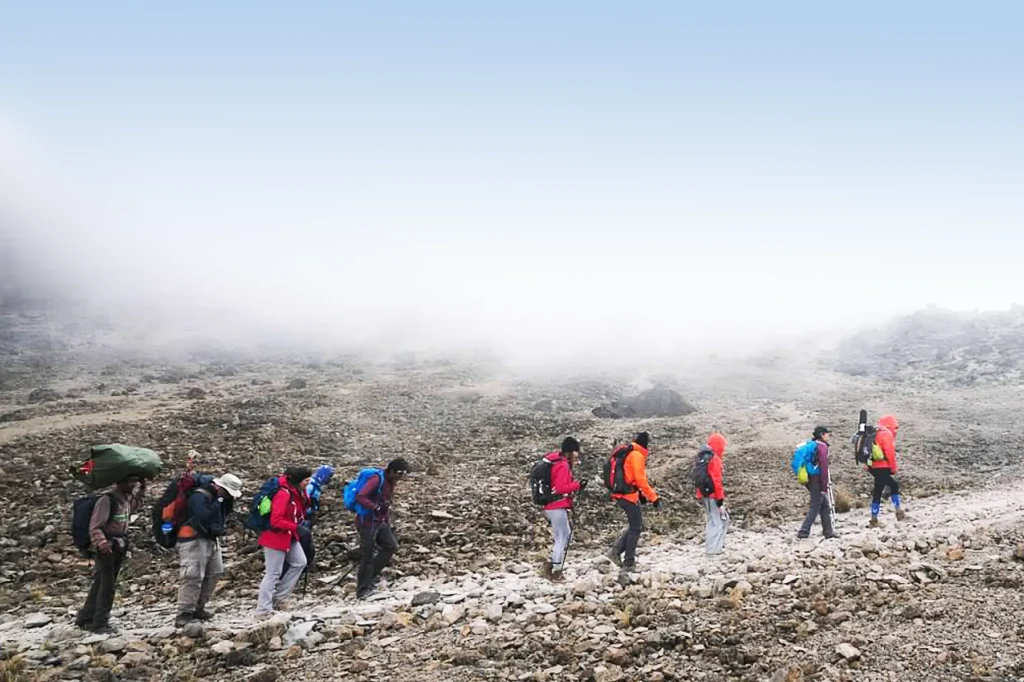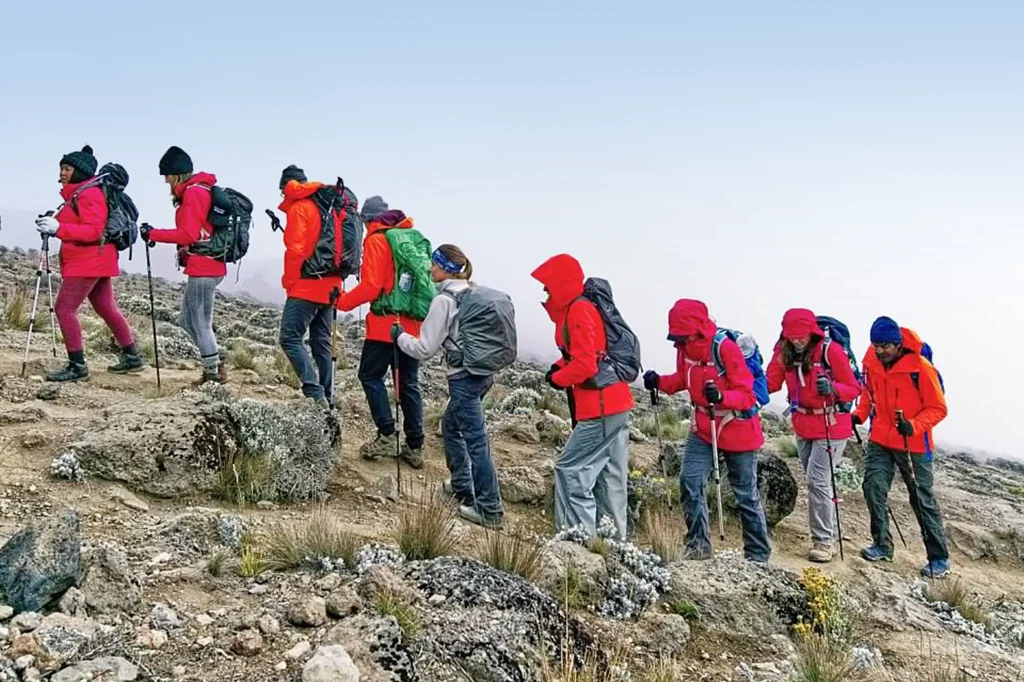The Kilimanjaro Responsible Trekking Organisation (KRTO) ensures fair, safe, and sustainable management of Africa’s most renowned mountain by guiding climbers properly, treating porters fairly, and protecting the environment throughout the climb.
We are pleased to have received the KRTO certification at African Scenic Safaris. This illustrates our dedication to ethical and responsible hiking. We believe every Kilimanjaro climb should honour those who make it possible and protect the mountain that inspires us—principles we have followed for years.
We have always believed that careful preparation is crucial when climbing.
The Standards Behind KRTO Certification
Kilimanjaro challenges everyone who climbs it. Cold nights, thin air, and long hikes make it demanding for both climbers and crew. To protect those who make these climbs possible, the Kilimanjaro Responsible Trekking Organization (KRTO) was formed.
Working together with Kilimanjaro Porters Assistance Project (KPAP) and the International Mountain Explorers Connection (IMEC), they built clear guidelines to ensure fairness, safety, and care.
Every Kilimanjaro Tour Operator that holds KRTO certification must follow these strict rules:
- Pay fair wages to porters, directly and in full.
- Provide proper food, warm gear, and safe sleeping conditions.
- Limit porter loads to no more than 20 kilograms.
- Train guides in altitude safety, first aid, and emergency response.
- Remove all waste from campsites following Leave No Trace principles.
- Allow regular inspections to confirm standards are being met.
This system gives climbers confidence that their Mount Kilimanjaro Climbing journey supports both people and nature with respect.
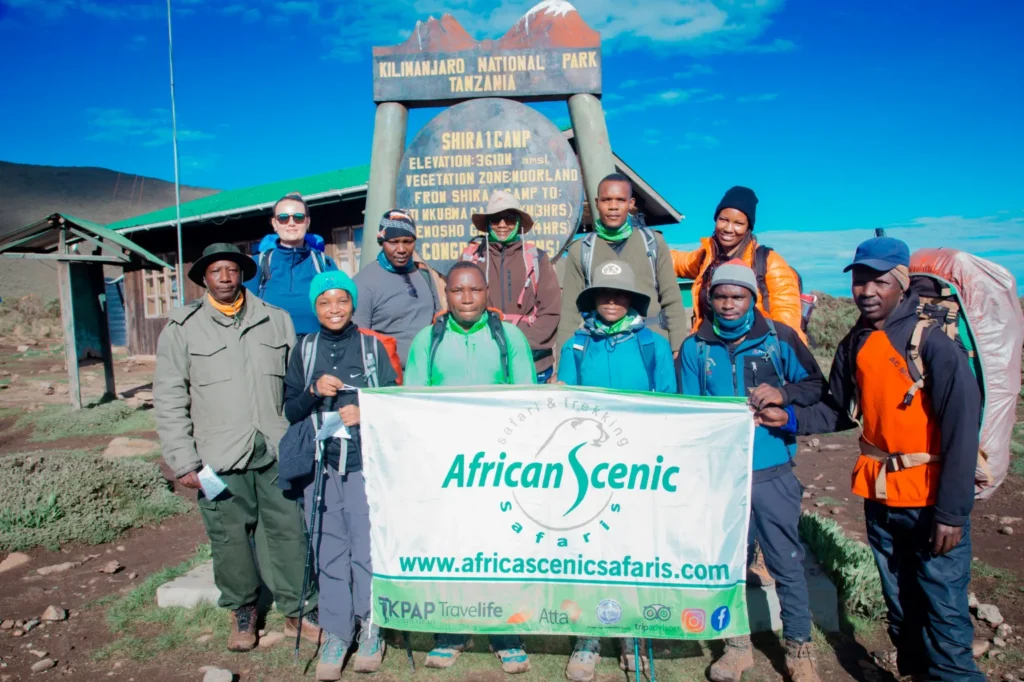
How African Scenic Safaris Lives by These Standards
Long before the first step is taken on Kilimanjaro’s slopes, careful work happens behind the scenes. Each climb starts with full preparation to make sure the crew is ready for the mountain’s demands.
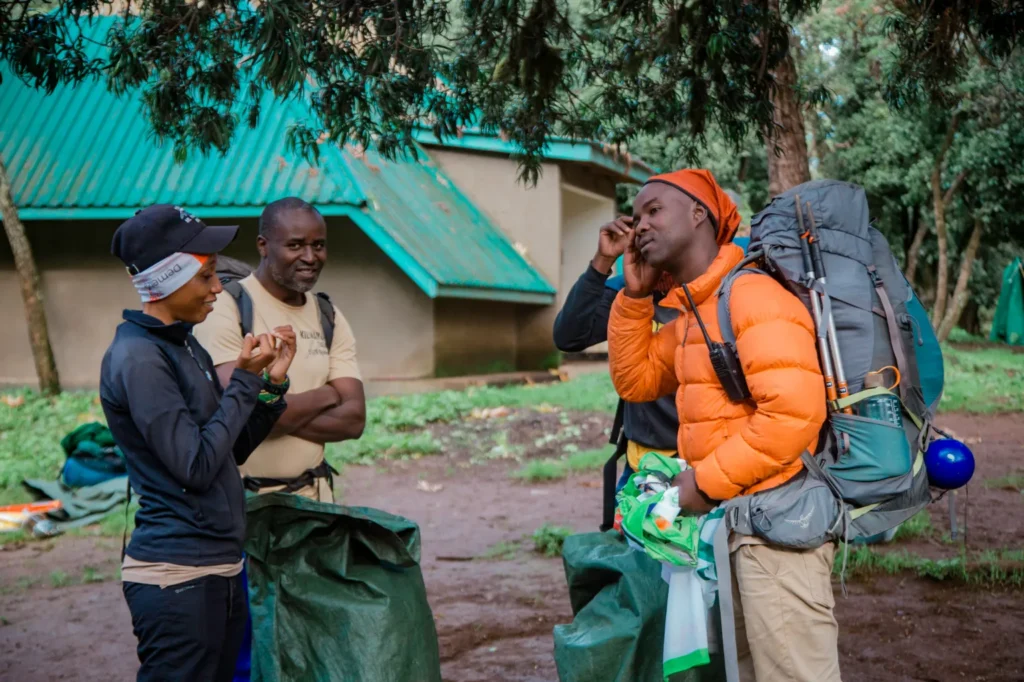
Preparations before the Climb
Porters receive full contracts, fair wages, and the right equipment for changing weather conditions. We ensure their Kilimanjaro Gear List includes waterproof jackets, warm sleeping bags, sturdy boots, and layered clothing. No crew member is sent up the mountain unprepared.
Before the climb begins, staff weigh the bags to ensure no porter carries more than the allowed 20 kilograms, inspect the gear, and lead safety briefings for the team.
On the Climb
Once the climb starts, the mountain crew works as one.
- Cooks prepare hot meals to fuel long trekking days.
- Kilimanjaro Guides check for any signs of Kilimanjaro Altitude Sickness, watching over both climbers and crew.
- Medical kits and emergency equipment travel with the group at all times.
- Campsites stay clean and organised. The team packs up waste daily and carries it back down, leaving nothing behind.
These practices protect Kilimanjaro’s fragile ecosystem, preserving its beauty for future travellers.
After the climb
- We regularly review feedback from Kilimanjaro Porters and guides to improve safety, comfort, and fairness.
- Continuous training keeps the team updated on new safety and environmental practices.
This ongoing communication helps African Scenic Safaris continue improving working conditions, safety, and crew support.
Why This Matters to Every Climber
Each Kilimanjaro climb depends on dozens of people working together. Their safety and well-being directly affect the success of every Kilimanjaro Trek.
In some cases, climbing operators cut corners, overworking and underpaying porters while leaving them without proper shelter or food. Unsafe practices endanger both crew and climbers.Overloaded porters can face injury, exhaustion, or worse.
Choosing KRTO-Certified Kilimanjaro Climbs gives travellers a way to support the crew fairly, protect the environment, and ensure proper safety on the mountain. Responsible climbing gives back to the people who make the journey possible while keeping Kilimanjaro protected for future generations.
Every decision in planning a climb carries weight. Booking with a certified company allows travellers to play a direct role in responsible tourism on the mountain.
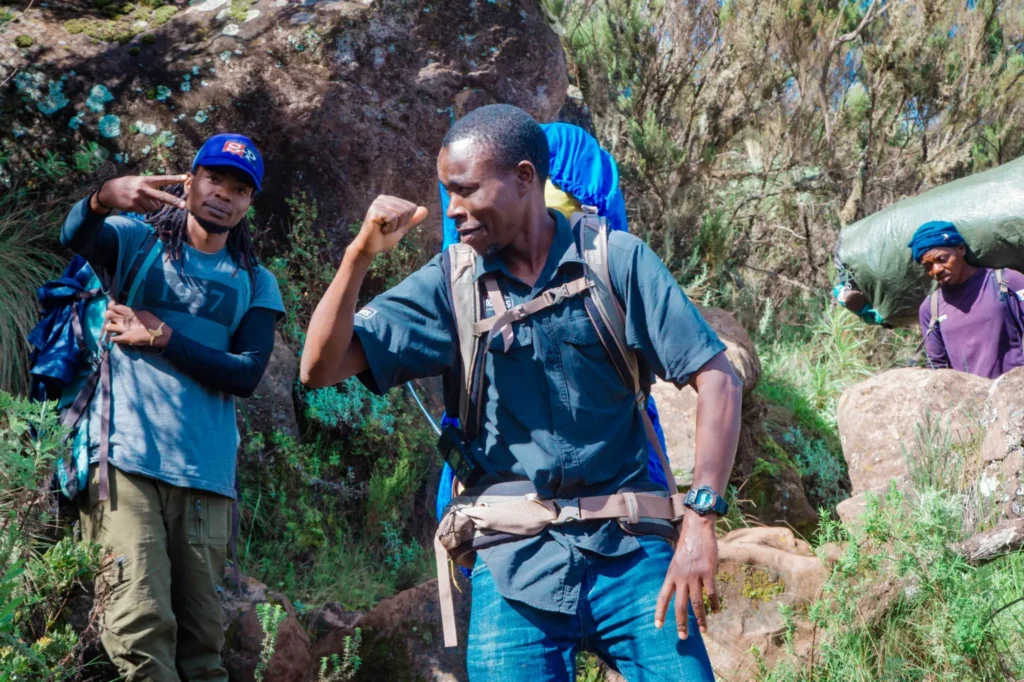
Take Part in a Climb that Respects People and the Mountain
For many years, African Scenic Safaris has built its Kilimanjaro climbs on the same values now reflected in the KRTO certification. These principles have shaped every expedition we’ve led. Fair porter treatment, safety for crew and clients, and respect for the mountain’s delicate environment remain at the heart of every trek.
With every Kilimanjaro climb, we uphold the highest standards, not because we have to, but because it’s the right way to climb.
Join African Scenic Safaris for your Kilimanjaro adventure and be part of a journey where every step supports people, protects the mountain, and reflects the true spirit of responsible trekking.


